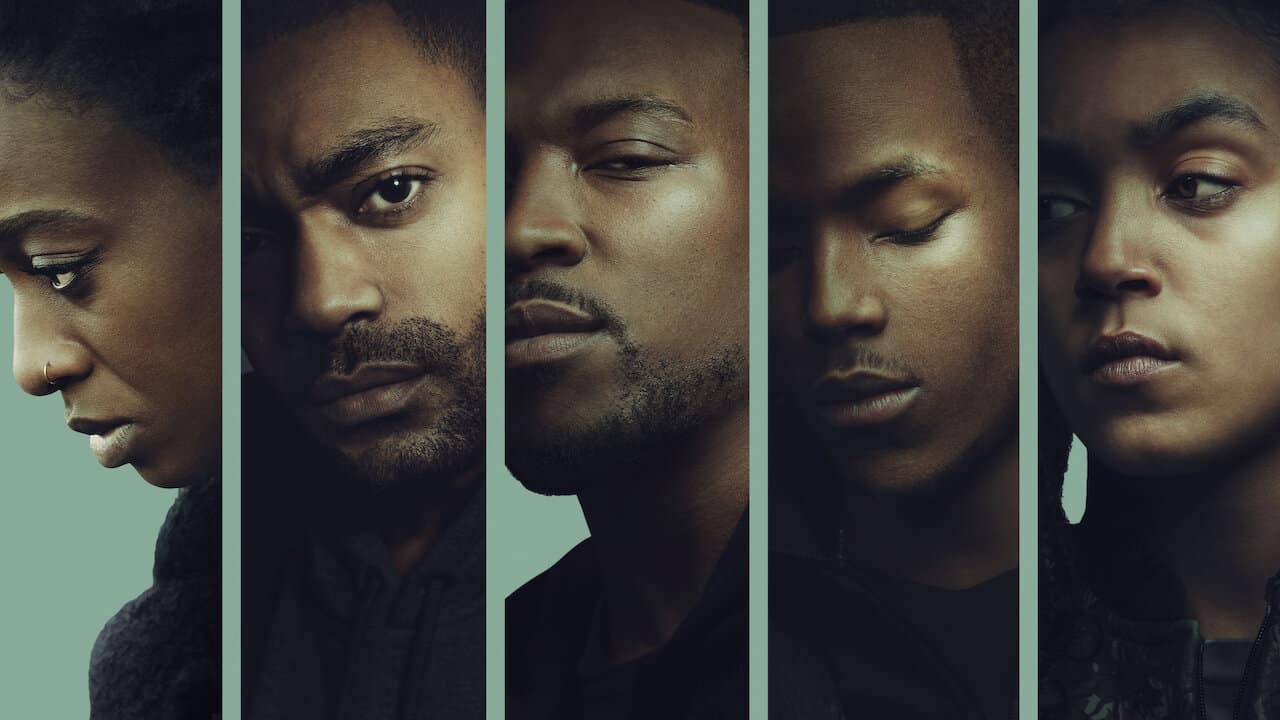I’m excited to introduce myself as an enthusiastic content writer with a strong interest in the entertainment industry and share with you the best 54 shows now available on Netflix. I painstakingly selected this list utilizing my in-depth expertise to make sure it caters to a wide range of tastes, assuring a fantastic viewing experience for everyone.
There is something for everyone in these Netflix original shows, which varies from gripping crime dramas to adorable comedy, thought-provoking documentaries to exhilarating sci-fi adventures.
Best TV Shows & Movies To Watch On Netflix In July 2023
Whether you like character-driven plots, high-stakes suspense, or intriguing narrative, you’ll be sucked into these binge-worthy episodes. Every show on this list went through carefully selected based on its level of popularity, positive reviews from critics, and the likelihood of leaving viewers with lasting impressions. The list is intended to be spoiler-free.
Prepare for a voyage full of smiles, sobs, and all the things in between as you explore our list of the top 54 Netflix shows. The great talent of actors, playwrights, and directors from throughout the world is on full display in these performances, which range from timelessly beautiful classics to revolutionary new works. So grab some popcorn, take a seat on the couch, and prepare to indulge in the best Netflix has to offer. Begin your binge-watching spree right away!
1. The Baby-Sitters Club
One of the most innovative and masterfully written concerts. I found it hard to believe not only the plot was covered but in the way it was. It had nothing to do with like guys or anything else that would come from male authors, directors, or producers. Every episode provided the girl with a chance to develop, learn, and forge close bonds with the people in their many different relationships.
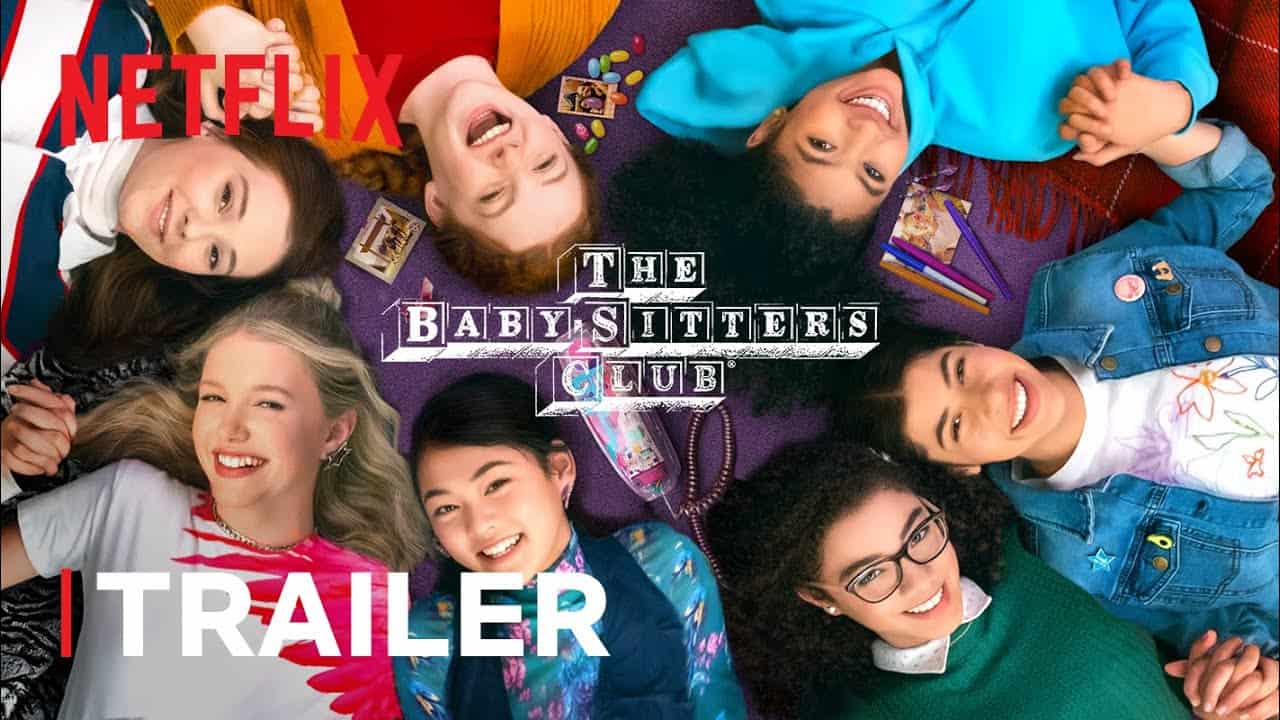
The fourth episode, in my opinion, was the most fantastic. In this episode, Mary Anne, one of the major characters, is watching a teen who turns out to be a transgender girl. This episode’s writing and production are unlike anything I’ve ever seen, in my opinion. No grand dramatic revelation that the girl is transsexual was made. Mary Anne knows really rather unimportant discovery, but she refrains from making a big production out of it.
She discusses it with one of the other key characters, and I think it’s pretty beautifully done. The dialogue basically themed around being yourself and wanting other people to see you for whoever you really represent on the in and out. When the girl is mistakenly known as a boy by the physicians later in the episode, Mary Anne ends up speaking up for her. In that situation, it was exactly the right thing to say. It was lovely, it wasn’t overdone or underdone, and the healthcare provider characters responded favorably to it.
2. Heartstopper
This series includes a lot of relatable stuff, which is its best quality, even if you are unfamiliar with the stories. The actors seem to have a distance away from the violent material, and the tone is friendly and humble. Heartstopper expertly conveys the complexity of teenage desire, especially because the participants are LGBTQ people. It was interesting to see Nick fall for Charlie because he belongs to Gen Y. When they think about their attraction to people of the same sex, a lot of adults and teenagers find it difficult to control their feelings.

Heartstopper, an LGBT drama, is a brief and heart-breaking viewing. It’s not good for teenagers who are unsure about their sexuality, and it is so exquisitely done. The story of gay, lesbian, pansexual, bisexual, and trans people are good. And I could relate to every second of it. When I was a teen, I wished there had been some kind of series like this.
I felt like I was standing at the edge of a canyon with two very different pathways flowing down to the bottom when I found out I was bisexual in a conservative deep southern village in the United States. In it, the actors feel that there is just one route down. Nick is the protagonist in Heartstopper, who I identified with the most because of this.
Since I’ve been a BL consumer for years, I’ve heard similar arguments that smack of white supremacy, saying that BL is just a root for normal women to fetishize gay males. Monitoring these reducing disagreements again felt shocking after learning about the shift and advancement in the marketplace (multiple transnational industries) since its inception and the environment of security convicted only cis-het women and those within the LGBTQ+ community.
Also Read: Books To Read While Waiting For New Seasons Of Heartstopper & TSITP
3. Dash & Lily
In the start, we can see that Lily is suffering too much in stating years. After her grandfather suffered a stroke, Lily’s parents chose not to relocate to Fiji. Lily was selected and assigned to care for him around the clock. Her connection with Dash appears to be bland. She told Speedy she loved him, but he had yet to respond. Langston and Dash agree to meet and prepare an annual tree-lighting celebration to cheer up Lily, who has forgotten about the tree. The celebration does not go as planned when Lily joins both of Dash’s divorced parents.

Lily decides to break her relationship with Dash during a party organized by Edgar (with whom Dash dueled so that it would happen), but he refuses. He contacts Mrs. Basil E. (Lily’s aunt) and organizes a clue hunting throughout New York, soliciting the help of all of Lily’s family and friends. (Earlier, Langston had informed Lily that he would be moving in with Benny. Lily’s reaction had been to travel to Staten Island and make everyone sick.) He confesses to her he appreciates her as she reaches the final clue, thereby rendering her happy. Lily also wants to do something special for Dash, so she welcomes academics and their close companions to the skating on the ice party.
In order to be transparent, there’s no other method I can say that I didn’t state in the initial review. Dash and Lily’s attempts to make some sense of their friendship added a fresh twist to the plot. So many YA books finish with happy-ever-after couples. It was refreshing to witness some volatility (even if it was only temporary).
Also Read: 33 Best Movies & Shows Of George Clooney To Watch In 2022
4. The Dragon Prince
The Dragon Prince takes place in an enchanted land that was irreversibly altered 1,000 years ago when a human wizard transcended the six basic forms of magic in order to unleash an entirely novel sort of darkness. In retaliation, elves and dragons banded together to drive mankind into the Western realms. The Dragon King controlled the boundaries of the east, the kingdom that is, the humans retaliated by breaking his egg, which contained the Dragon Prince, and at present, the world waits for the next fight to begin.
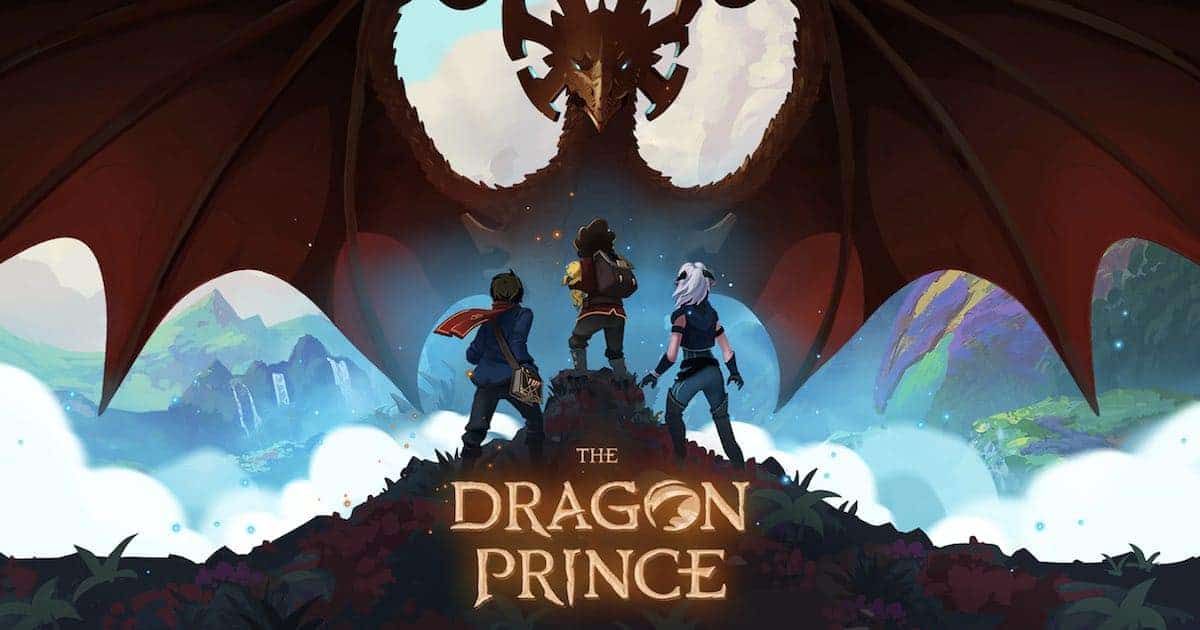
The ambition is massive; The Dragon Prince may be ready for Netflix, but the company has plans to expand it into a universe at large, complete with a playable prototype of a video game. Regardless, the premiere concentrates on the people that populate the world: children sketching meringue knights and grabbing jelly tarts; elf shooters who want to fit in but fail to get the assassination side of their employment completed; and monarchs who have difficulty figuring out sword practice. “The show had the intention to be acceptable for an extensive population of people,” Richmond said after the panel. “The FanExpo at the reception desk, in that reasonable sense, seemed an impossible wish come true.”
We meet King Harrow and his family in the first episode, and humanity and its states become much more rounded out. Humans across the kingdoms are well aware of the elf menace, and even seemingly harmless figures like the unfocused mage Claudia are using Dark Magic. The two Princes, Ezran and Callum, are attempting to balance their childish desires to draw, play, and take gelatine tarts with the very real threat of being sent away if war breaks out.
Also Read: The Dragon Prince Season 4: Plot & Cast Updates
5. Kipo And The Age of Wonderbeasts
This series has come to an end, which makes me very sad. A buddy suggested this series to me, and its unusual comedy immediately drew me in. It was such a wonderful delight to watch so many diverse people, a true thing, and primary characters who were just so loving and amusing that I couldn’t wait to explore what adventures they’d get involved in next the beginning of episode 1. That, combined with the importance of the themes covered in this series and how quietly and brilliantly they were handled, propelled Kipo to the very forefront of my favorite animated movies list.
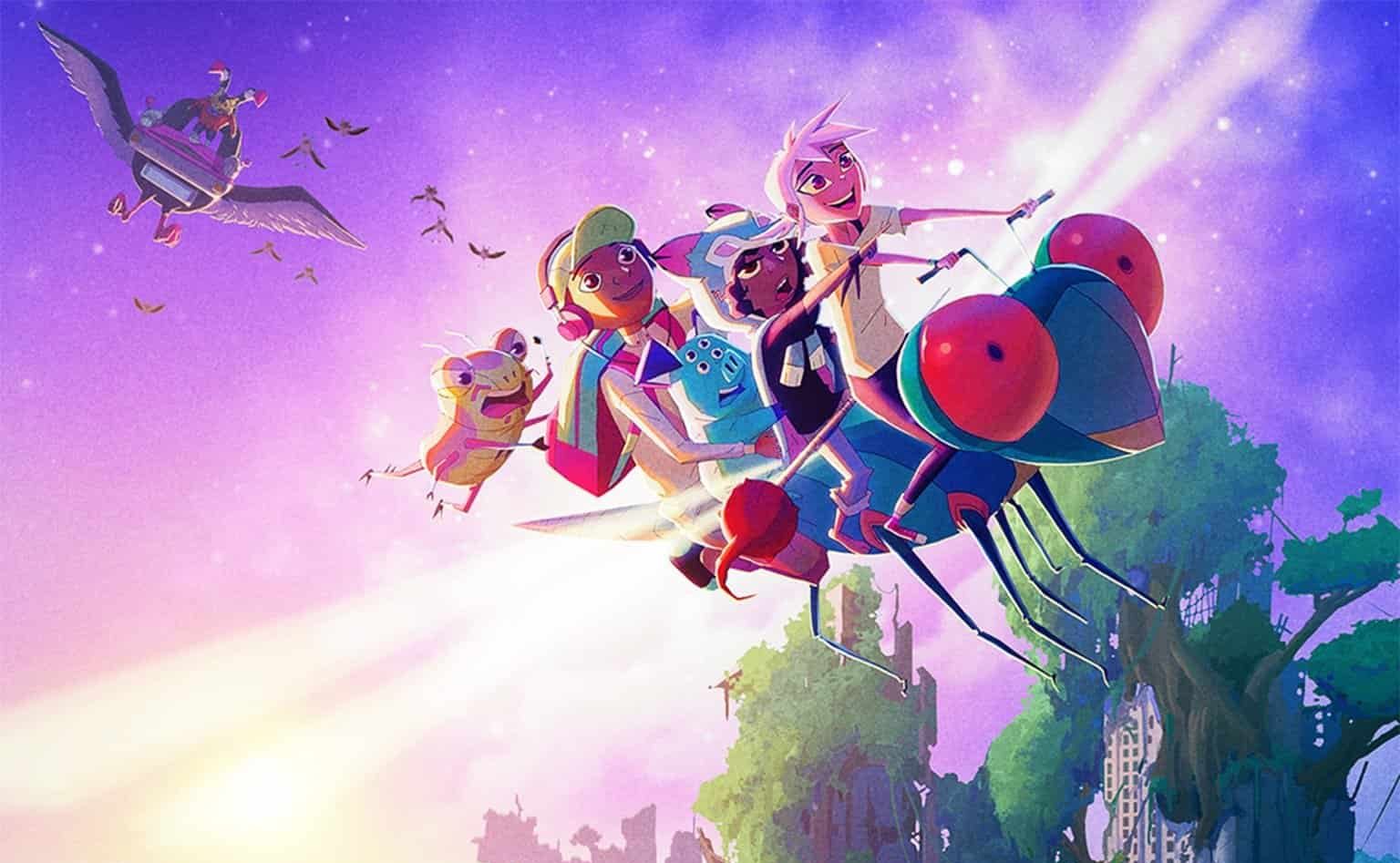
It was difficult to watch Kipo and the Age of the Wonderbeasts season 3 with a melancholy heart. Is this a good thing or a bad thing? I honestly don’t know. From the beginning, there was an unambiguous story structure established as to what Kipo’s theme and the characters’ ultimate aims were, and I believe the shorter series’ timing truly nailed those themes. So, while I could’ve liked to have experienced more of the television program from a fan perspective, I also promote that the showrunners had a story they were eager to tell, kept it on track, and accomplished the narrative with such great subtlety, grace, and compassion.
While it’s easy to predict Kipo’s narrative and climax, it doesn’t really important. Kipo is pioneering in its depiction of ideas and personalities. I can’t recommend this series to any animation enough. It’s a wide world full of normative, dramatic weight and goofy, weird moments. It’s my new preferred modern animation, and its short run duration, while disappointing that there won’t be more, is part of what makes the program work. Because the creators of the series knew the concept they wanted to tell and presented it with such finesse and skill, I’ll miss you, Kipo, and I am anxious to return.
Also Read: Top 23 Cartoons Like Steven Universe That Are Must-Watch
6. Arcane: League of Legends
What a terrible and compellingly melancholic series built on the foundations of hope. Pain is a sensation that unites us all, but its nature causes hearts to diverge in division. Others see a wall to smash and break down, whereas one sees a road to follow. We all make mistakes. Failures engulf us all. Everyone will die. Equally. And without prejudice. We get brought into this dimension together, live in it together, and leave it together.
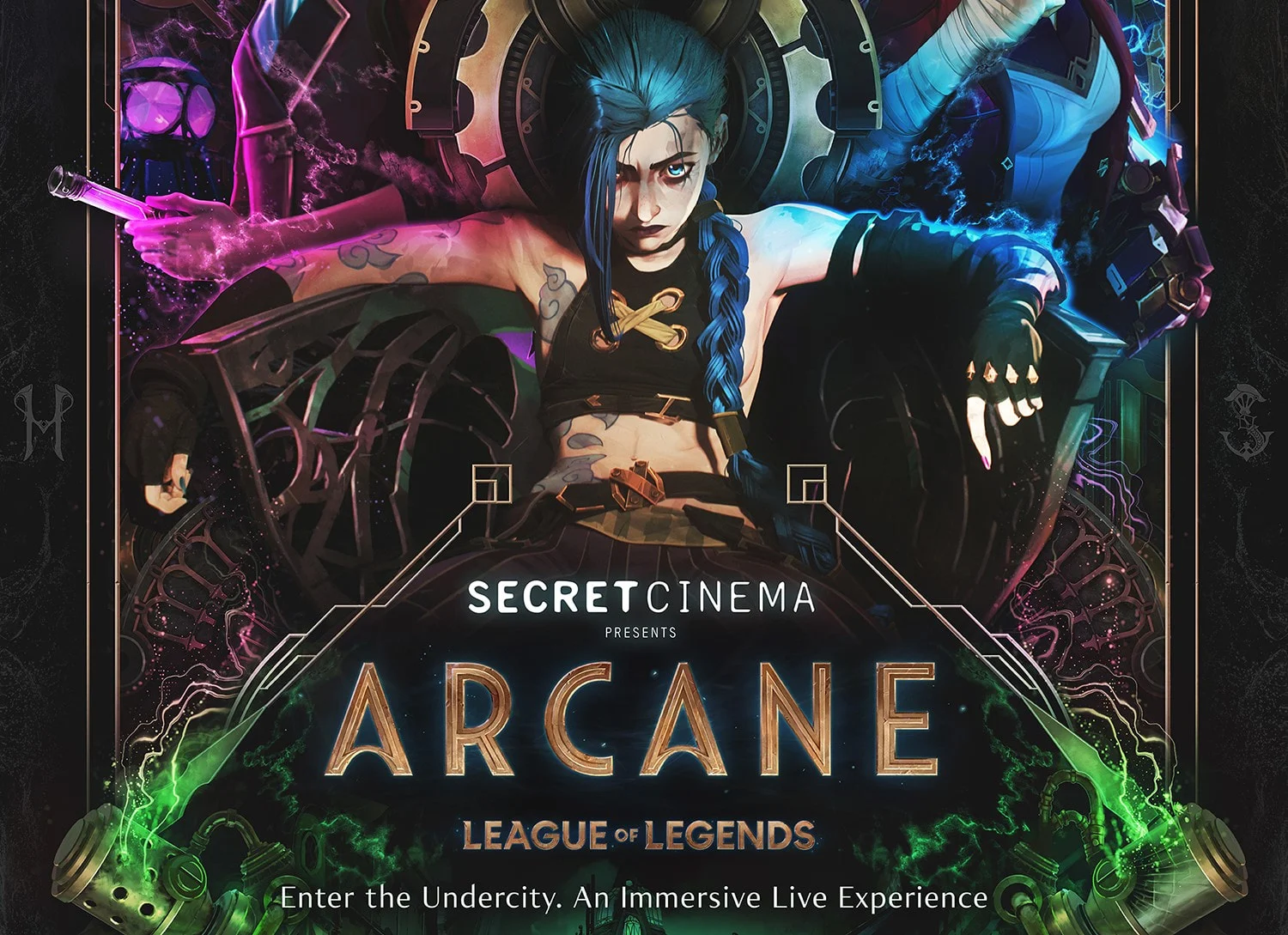
The ultimate tragedy beneath Arcane is not the harm it has produced but the understanding that has been forgotten in the midst of life’s upheaval. Without a doubt, awareness is one of the most powerful and hazardous skills ever devised.
Arcane was a deeply moving series for me. It struck a resonant chord with me and reawakened a hunger for lore in me that I hadn’t felt in a long time despite enjoying a series. I wanted to immerse myself in League information to learn more about the globe, its history, and the citizens who inhabit it.
Anything connects on so many levels, and the song’s melody that emerges as a result of this series resonates within my head and heart. The way can I be so committed to League of Legends when I’ve never played it before? Such is the way it is presented of Arcane, which succeeds in engulfing not only individuals familiar with the franchise structure but even completely newcomers seeking entertainment.
Arcane’s journey to where it is currently is beyond all kinds of incredible. Arcane took 6-7 years to complete from idea to dissemination to the wider population. The Arcane crew is fresh to creating serial content. After receiving so much opposition and rejection for their pitch, the team opted to press forward with employees that had no background in the field. So, when you view the finished product in the larger context of the journey, you are left speechless by the devotion, dedication, and devotion showing evidence.
7. Red Rose
Roche and her pals are looking forward to the best summer of their lives after graduating from high school. It was meant to be an opportunity for drinking, sexual contact, and having a good time before they all went off to university. However, fate has other ideas for these teenagers. When Roch downloads the enigmatic app Red Rose, her life is flipped upside down. At first glance, it appears to be a benign force promising Roch a better future. But the software has ulterior goals, and Roch finds that she has no control over her life.
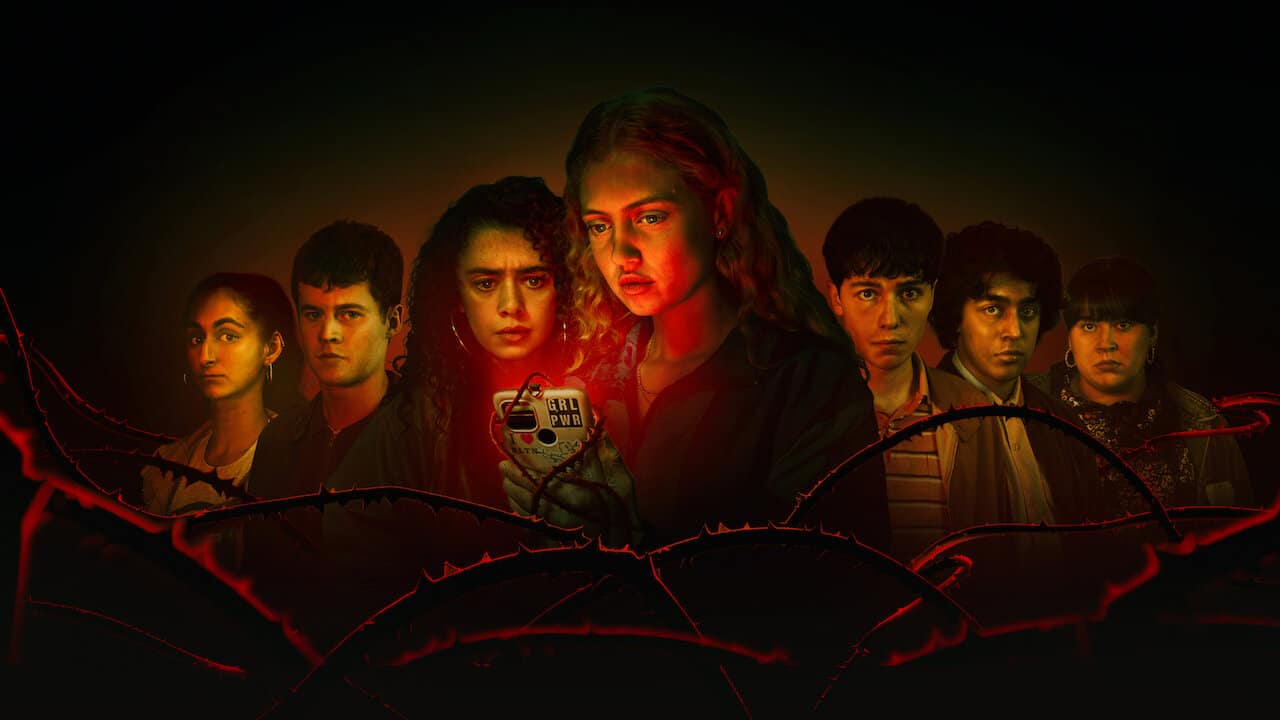
The majority of the performance is good, but I thought several of the protagonists lacked the charisma necessary to carry the show. The plot was good, but as you progress through the series, it becomes increasingly complicated. Concentrating on getting to the purpose, this series spends much more than necessary time on filler, needless plot hooks, and horribly obvious red herrings. Because of all the filler in this series, I completely forgot the subject matter intended to be about. If it hadn’t been stretched out for so long, the final installment could have been considered better.
The first few episodes held out so much hope. The lead actor was excellent, the soundtrack was outstanding, and the plot was sound. Even if the pacing was still off, I was ready to explore. As a result, the rest was so fantastic. Up until the tone changes, it was a thriller. However, this show devolves into a pointless, formulaic action thriller.
Also Read: Red Rose Review: This Teen Horror Show Feels Real And Unsettling
8. Maya And The Three
Jorge R. Gutierrez’s Maya and the Three, a sprawling animated drama spread over nine chapters, tells the tale of a courageous and disobedient warrior princess whose 16th birthday party went awry by the gods residing in the nether who asserts that her life is worthless to the God of War, Lord Mictlan. Princess Maya sets off on a mission to enlist three famous shooters, carry out an old prophecy, and defend their four countries from the wrath of the gods while learning to pieces with her family’s hidden past.

Princess Maya longs for the kinds of adventures that her father, King Teca, and her younger brothers, Lance, a man Dagger, and Shield, experience, but her maternal grandmother, Queen Teca, is preparing her for a life of diplomacy. Teca is an Aztec-inspired nation. On her 16th birthday, a subterranean demigod named Zatz, the Prince of Bats (Diego Luna), interrupts her coronation ceremony to tell her and the members of her household that she must give her life to Lord Mictlan.
After Teca’s army is cleared out for refusing to give Maya up to the gods of the underworld, Maya sets out on a mission to carry out an old prophecy by enlisting the help of soldiers from the other three kingdoms in an attempt to destroy Lord Mictlan. Maya recruits unconfident Rooster Wizard Rico (Allen Moldonano) from Luna Island’s Caribbean-like country of sorcery.
She enlists Chimi (Stephanie Beatriz), an enigmatic Skull Archer from the Mayan-inspired Rainforest Lands who is known as “Monstruo Blanco” and lives as an outcast because of her albinism. Maya is then joined by the courageous and kind giant Picchu, who represents the Barbarous Kingdom perched atop the renowned Golden Mountains, evoking the Inca culture of Machu Picchu.
Also Read: 46 Movies Like The Proposal For When You Want Love and Laughs Together
9. Katla
The subglacial eruption Katla has continued erupting for almost a year close to the town of Vik in Iceland. Katla is fabulous series. There are still a few devoted residents in the town despite the continuous eruption of ash into the atmosphere. Grima is one of them; her sister Sa vanished from the iceberg as the current string of eruptions began. For her health alone, Grima and the man she married, Kjartan, should go to Reykjavik, according to her father, Or (Ingvar Sigurdsson), who was stationed up on the iceberg providing equipment for the workers there.
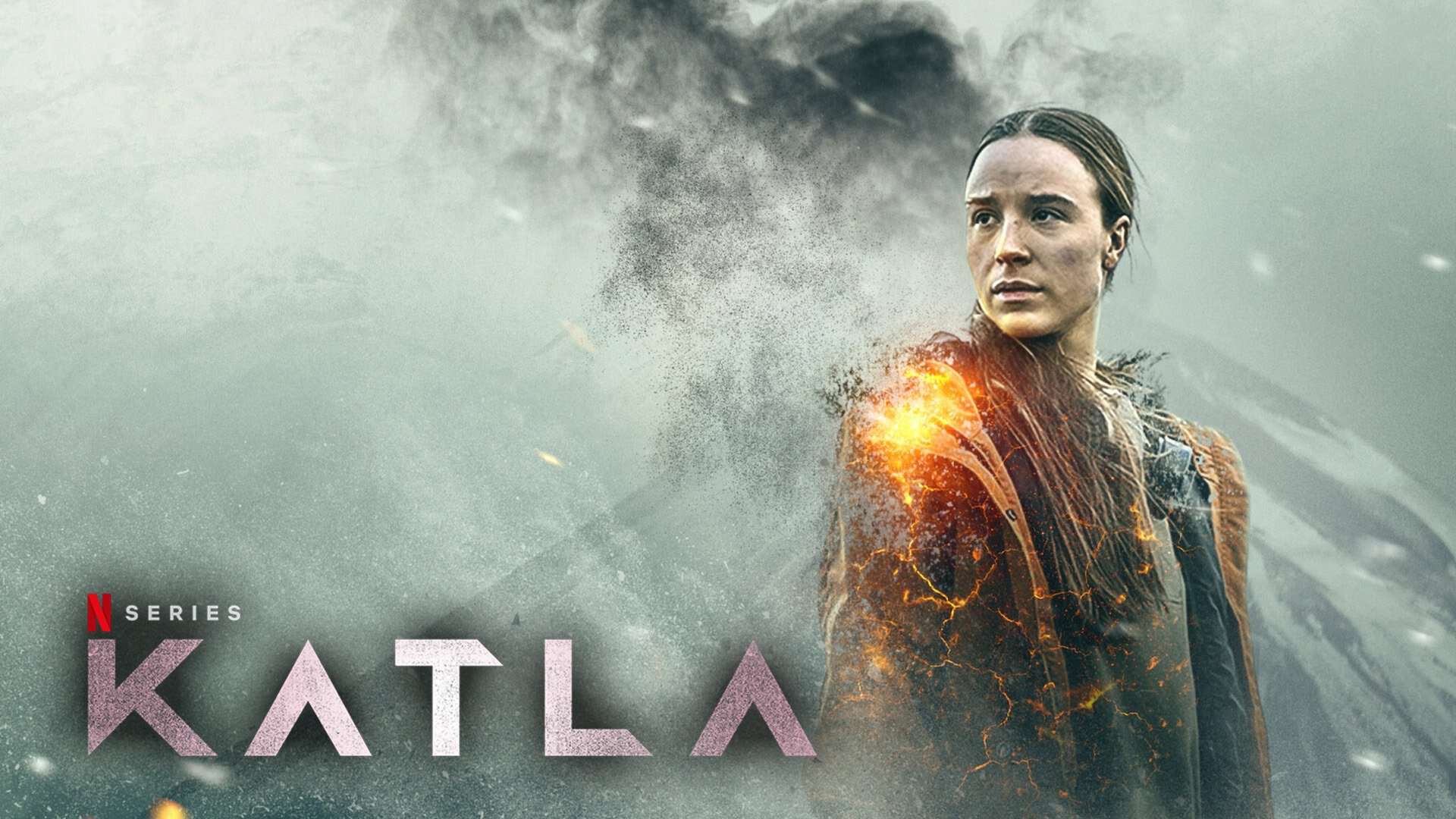
Eyja, who is working at a research outpost, receives a call from her mentor Darri, who has been reviewing the materials she sent. Darri finds it quite disturbing how the volcanic ash has evolved in character over the past year. She finds a woman strolling on the glacier who is naked and coated in ash when she and her co-worker Leifur bring her inside.
Despite having hypothermia, the woman seemed capable of recalling how she got there. Grima and policeman Lieutenant Gsli learn that the individual is a Swedish woman by the name of Gunhild, who traveled to the mountains with Or and was employed at the neighborhood hotel in Vik. Or is shocked to discover her in the hospital.
As Gsli looks into the matter, the hotel owner finds that Gunhild worked there in 2001. Gunhild is still alive and well and resides in the Swedish city where she was born, and they explore when they speak with her grown son. When middle-aged and 2001 Gunhild finally speak on the phone, neither of them can believe what they are hearing. The older Gunhild decides to visit Vik and sends her child, who has special needs, to him alone for the first time.
Also Read: Katla Ending Explained: What Happened At the Finale?
10. Big Mouth
First of all, Do-ha enters a room filled with the stacking of gold bars, causing my eyes to widen since, in my opinion, he was an unlikely candidate to be Big Mouse. Just as I was beginning to believe the con artist had me for a fool, surprise, it turns out that Gong Ji-hoon isn’t the one actually has/keeps the money.
It’s not entirely incorrect, though; I did believe he was the most honorable member of the NR Forum group, but it turns out he was Prof. Seo’s fourth murdering accomplice. They were exceptionally convincing in their acting. I mean, the remaining three didn’t even question Do-ha’s decision to support the opposing side.
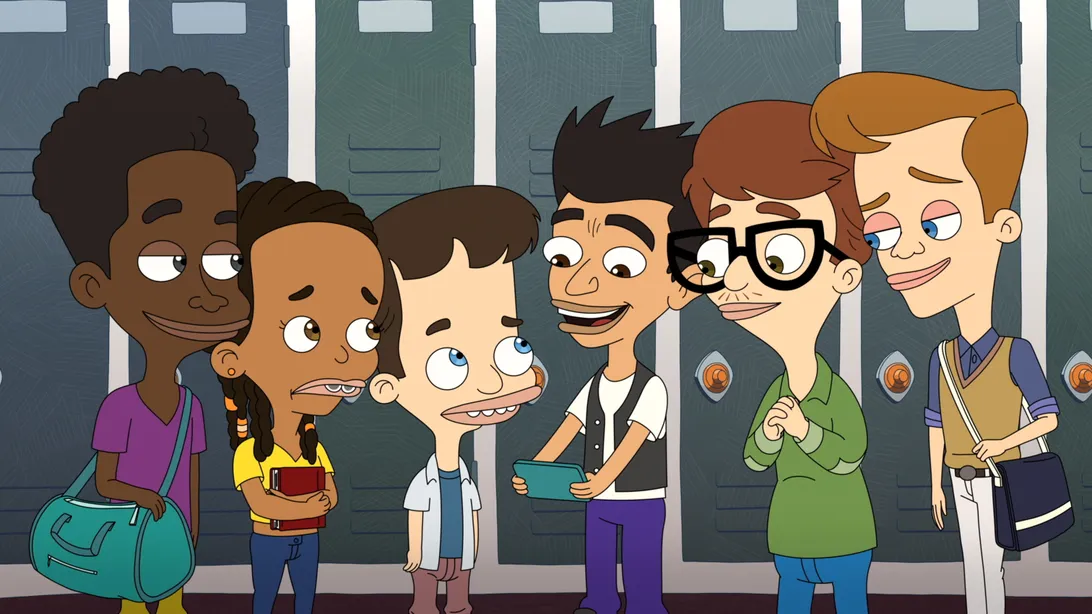
Then Big Mouth reveals himself. Chang-ho just insists that the covert ringleader come forward instead of focusing on anyone in particular. What a frail trap that is. But after a few fakes, it finally functions. Given the situation in prison and his aptitude for tarot, along with individual reading, the who wasn’t all that surprising.
My assumption had been that the huge secret involved a healthcare study or test, but it turned out to be an illegal discharge of toxic sewerage. What good is the lab then, I suppose? What about the unique samples and medications for particular prisoners?
They can’t reasonably try to monitor or maintain the health of the prisoners if they don’t even care about properly disposing of their wastewater or even taking good care of those who have cancer. It’s absurd that they’ve continued doing it for years without worrying about the repercussions, even though the city’s blood-related cancer rates are said to be twenty times higher.
Also Read: How To Watch Big Mouth Season 6? Streaming Guide
11. Derry Girls
As they manage school and home existence with the constant threat that is 1990s Ireland, Derry Girls follows aspiring writer Erin and her four friends, the quirky cousin Orla, the “wee-lesbian” Clare, little loudmouthed Michelle, and her English cousin James. In the third season, the girls conclude their school year under the supervision of Sister Michaels and into adulthood.

Derry Girls has three seasons, and every single episode has been fantastic; the program never fails to provide me with a laugh. It will be regarded as one of the finest comedies that have been written in human history. Every week brought something greater than the week preceding it, and the characters they portray and the circumstances that they find themselves in are just amusing.
I think the second program of the series, in particular, is the funniest episode ever because I was crying with laughter the entire time. I am so excited to see what Lisa McGee was coming up with next due to the fact she has a fantastic comic imagination. The girls really are also iconic, and their unique character quirks and group dynamics make them some of my favorite TV characters in history.
From Michelle’s nervousness and Clare’s unrelenting panic to Orla’s total randomness, every single one of the groups contributes something unique, but Erin is going to remain my favorite since watching her may occasionally seem like in a mirror in the best as well as worst ways.
The romance between James and Erin caught my attention; it was something I had been yearning for since the first season. Although they may have never ended up staying close in the end, the flames between them will always be present in our hearts.
Also Read: How To Watch Derry Girls Season 3 In The US, UK, And Australia?
12. Better Call Saul
The opening scene transports us to a location we haven’t been in a while. Back at Ignacio ‘Nacho’ Varga’s house, where two women who had previously resided there along with him are now having a ball on their own. They are interrupted by Mike and Gus’ thugs on their little holiday. The women start to panic right away, but they should think they are fortunate to have Mike there.
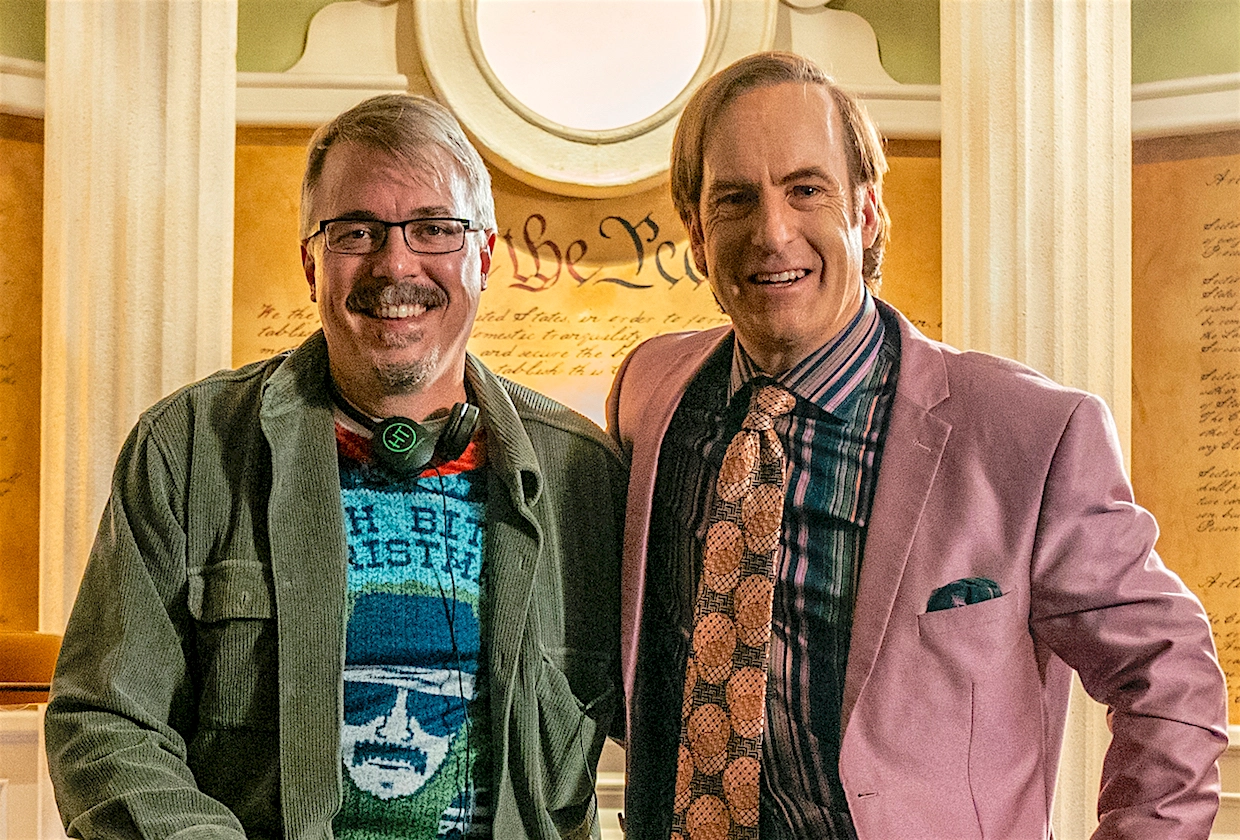
They may not have survived had he not been there. This Mike sequence is highly recognizable. In an effort that only he can, he delivers a severe pep talk before directing them outside the door. Mike is actually there to complete cleaning up at Nacho’s house. Mike quickly places a large amount of cash he finds in Nacho’s safe into a bag. But he also found false IDs for Nacho and his father directly the cash.
To Mike, this creates a smoking pistol. Since Nacho had created a phone ID for his father, this particular fixer happens to be a good man, so he brings it along. Mike desires to protect Nacho’s family. Right now, this constitutes his top priority. This bogus identification must remain hidden from Gus and the Salamancas, so Mike maintains it for himself. But not all of Mike’s actions are positive. The safe is replaced, and the cash and Nacho’s phony ID are returned.
Wine and Roses and Carrot and Stick, both of the starting episodes of the third and final season of Better Call Saul, aired back-to-back, and I believe that was a wise decision, thinking that the first episode did a lot of completed with Nacho that basically pays off throughout this episode (which includes a wonderful action scene).
Additionally, the episode’s conclusion indicates that Kim and Jimmy are at risk because they can be seen being followed. Similar to the first episode, this one defines the season’s main plot and advances the most crucial stories, such as the Nacho subplot, which is unanswerable and getting more intense.
Also Read: In What Episode Does Howard Die In Better Call Saul?
13. Russian Doll
The show’s premise is a well-known one: it’s the traditional Groundhog Day scenario with a splash of spooky Edge of Tomorrow. Nadia Volvokov, an entertainingly pessimistic 36-year-old computer technician living it up in New York City on drugs and alcohol, is killed after leaving a party held in honor of her actual birthday. She then awakens back on the night of occurrence, unharmed.

She quickly discovers she is trapped in a horrific predicament where she must die and recreate the previous night’s events. And fairly long, she begins to notice unusual and unsettling changes in the world around her. A magic-realist setting is frequently utilized to actualize the notion of characters being trapped in their daily routines using the Groundhog Day scenario. The task placed before the protagonist is to alter their lives in order to move the rock obstructing the flow of their own inner narratives and allow their external world to function normally.
The obstacle for the producer is to take this premise’s instinctively creative structure and spin it in a way that will continue to keep the viewer interested in each subsequent, spiraling repetition. Much of this lies in deftly establishing the locked-box problem (or Matryoshka Doll) of forcing the lead character to find out, layer by layer.
By completing all of the aforementioned in spades and then some, Russian Doll establishes itself. I won’t give away too many details, but suffice it to say that Russian Doll turns an apparently awkward premise into a masterfully crafted story that, over an extended period of eight (often occasionally terrifying but subsequently uplifting) episodes, gently reveals the core of Nadia’s psychic hang-ups. It is a thorough psychological study of Nadia (well, rather than just her, however, that would be telling), the events in her past that have an impact on her present, and the circumstances in which she has found herself compelling her.
Also Read: Who Is Natasha Lyonne Dating? Meet Russian Doll Actress’ Boyfriend
14. Hellbound
They never explain why those alien-like looking resemble an enraged Baymax. But I’ll get to that later. If I said I wasn’t fascinated by cults, I’d be lying. I’m referring to the fact that you are speaking to the girl who is researching Scientology online and in the media. What a lunatic asylum the cult is, but let’s avoid having the blog censored because of it. Let’s continue. Hellbound had, in my opinion, a high premise, and the promotional material made it better than it was. Hellbound, in my opinion, struggles with the simple reality that it only has six episodes.
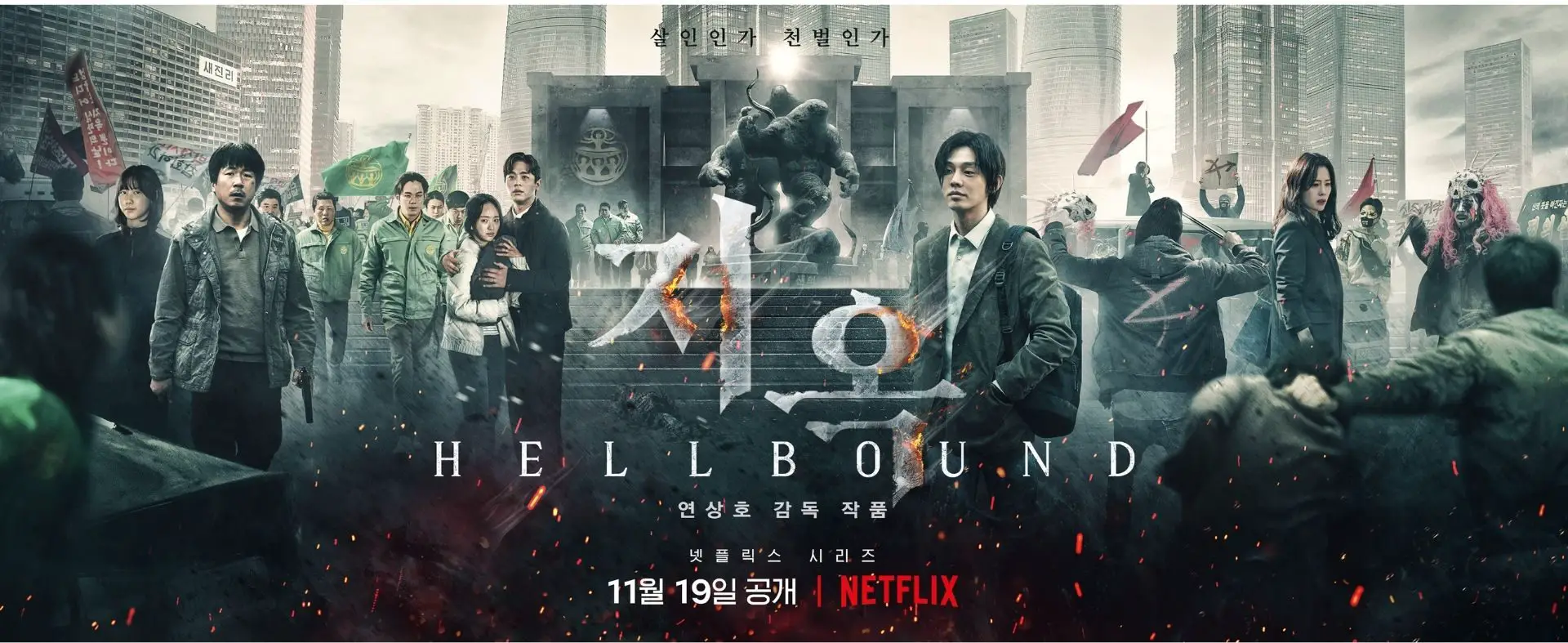
One may divide Hellbound into two parts. The first three episodes are tedious and likely to send you to sleep; they try to create the tone and explain the setting, but they never succeed. Although the second half is more exciting, it still lags. I mean, I see that the entire season needs some context, but the reason did they spend three of the episodes on it?
Why not just make one episode and then jump right in, or why not inform us as it takes place? Why did they stretch out the world-building so much and then do it poorly? I truly didn’t understand. Why do people just accept these strange things? Does everyone just accept their damnation?
I have nothing bad to say about the cast because they did fantastic performances. Each actor in the major cast is my favorite. Although it seemed a bit pointless for the founder of the cult to pass away early on in the series (Yoo Ahin outcanted, by the way), it did make sense. I will say, however, that the cast gave the script the maximum effort in order to carry it and improve it. Park Jungmin, after all, lifted Hellbound along his back! The show’s R-rating and the outcome were the other things that annoyed me.
Also Read: HellBound Review: ‘The Day God Demonstrated Hell,’ A Spine Chilling K-drama
15. Kingdom
To assist them in escaping the slave class, two slave orphans named Shin, aka Xin, and Hyou, aka Piao, train with swords as they grow older. One day, a nobleman chooses Hyou over the other to work for the emperor. However, when a severely hurt Hyou returns to Shin, he requests that Shin defend the Emperor from harm.
Despite being a live-action production, it was clear from the characters’ behavior that this was a manga/anime adaptation. It is overstated in an indirect that lets you know it isn’t meant to be considered taken honestly in its entirety. In this regard, anyone looking for a serious film won’t find it here. In the end, the king’s plot is somewhat stupid and is overcome by a deus ex machina figure. I find the usage of flashbacks to be superfluous and grating.
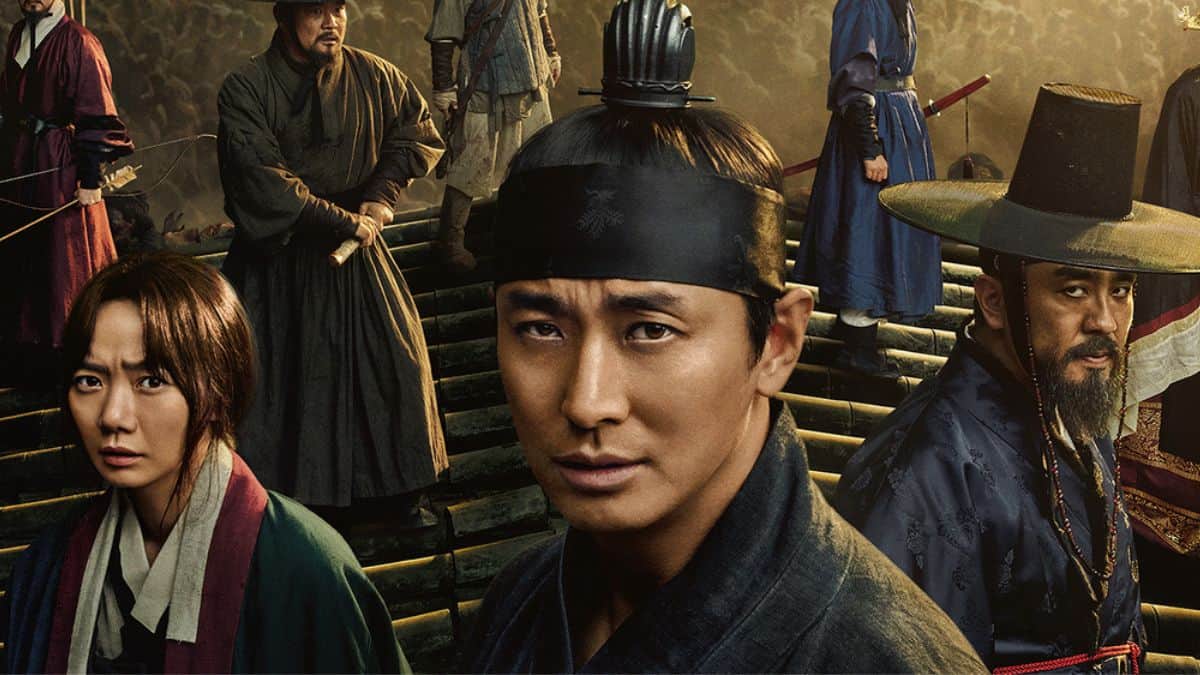
One cannot help but compare the Kingdom’s quality of execution to those of Chinese traditional war films like Rurouni Kenshin. The overall quality is acceptable. The outdoor landscape features some breathtakingly big scenes. The clothing design is nice, but not as successful as in some Chinese films, in my opinion. Additionally, the combat scenes are not as good. The fight scenes in Rurouni Kenshin were superior. The fight sequences in Kingdom are intense enough, yet despite all the slashing, there isn’t much blood. Many of the events are hidden by the camera’s angles and rapid editing.
Also Read: Game Of Thrones: Knight Of The Seven Kingdoms: The Story of Aegon The Fifth: When Will it Come?
16. Unbreakable Kimmy Schmidt
Lillian Kaushtupper, the landlady, is the character I believe the season could have done without for those of you who are still reading. What is happening to her? Who in their right mind is the target of her specific kind of humor? I am aware that she is the teacher to Kimmy and Titus, but I feel as though the show suffers when she interjects. Lillian’s comments never hit, like a horrible Family Guy cut-away joke, and they typically miss more often than they hit.
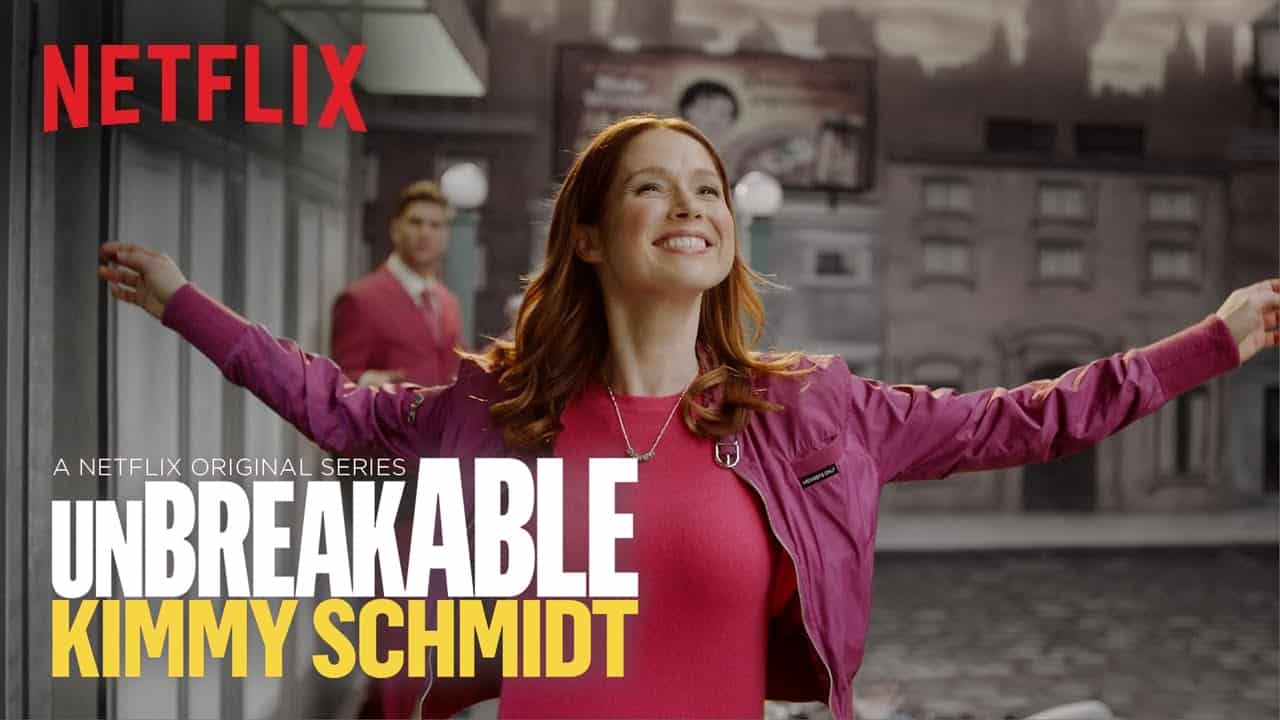
He gets nothing from her. I don’t understand why; even though I may have felt she was a bit irreverent in the first season, I didn’t mind her because she remained at least likable. I can understand the humor in her acts, particularly whenever she hooks herself to a machine, and they forget her and with the demolishing. Her thoughts on stopping the residential development of her neighborhood are a strong one. She struck me as obnoxious and unclear.
Even in comedies I don’t enjoy, I can generally tell where the humor is coming from, but I had no idea what she was getting at with her humor. Comedy is personal, so if she helped you laugh, could you perhaps explain why? Her overarching objective for the season felt hazy this time around. Her objective, which was hinted at by burps, was to find her maternal grandparents, but we don’t find out about that until the latter portion of the season.
She is still trying to continue living her life with her egocentric pals and maintain some sort of intimacy with Dong, but it isn’t her true purpose. Whenever she finally had an objective and did find her mother, it seemed rushed. Additionally, Titus joining NASA turned out to be more of a logical leap than a gratifying conclusion.
Also Read: Unbreakable Kimmy Schmidt: Kimmy vs. The Reverend: Interactive Special Review
17. I Think You Should Leave With Tim Robinson
Comedy is a subjective art, but Tim Robinson’s Netflix series I Maybe You Must Leave is an instance of humor that is available to just about anybody. Furthermore, it is commonly accepted that improvised comedy makes up one of the best subgenres of the genre because viewers can easily understand it, and it is not overly serious. The only explanation for the genre’s sudden surge in popularity is this.

Tim Robinson has comic timing and can convey a range of reactions at once. Some of the skits are so crazy and unusual that you nearly get the impression he wasn’t sober when creating the scripts. There isn’t a single cringe-worthy moment, and his acting is quite believable. He reminds me of a more boisterous and talkative Mr. Bean from the present day, played by Rowan Atkinson. He had a truly spectacular run on Saturday Night Live and Detroiters.
The issue with this, of course, is that patterns become more visible the longer a thing persists. Robinson walks a tightrope in I Think You Should Leave, managing to stay entertaining without slipping into cliché with each new season. He expertly avoided that with the second season of 2021, which happened to be by far the saddest major sketch show in recent memory.
Sketches lingered longer than they needed to have in order to depict the protagonists sombrely being transported home by their own mothers or sharing tender moments with new newborns on the beach. I Think You Probably Leave abruptly changed its format just as you were beginning to believe you understood what it was.
Also Read: How To Watch I Think You Should Leave With Tim Robinson Episodes? Streaming Guide
18. Aggetsuko
“Aggretsuko” (a portmanteau of “aggressive” and “Retsuko”), which stars Retsuko, a red panda created by the same business being that created Hello Kitty, depicts the life of a 25-year-old considering employees who deal with unfair treatment and place of employment frustrations by snarling death metal at her neighborhood karaoke bar at night. Netflix’s anime series succeeds in cramming an amazing deal of social commentary into its ten condensed, 15-minute episodes, making it more than just light entertainment.
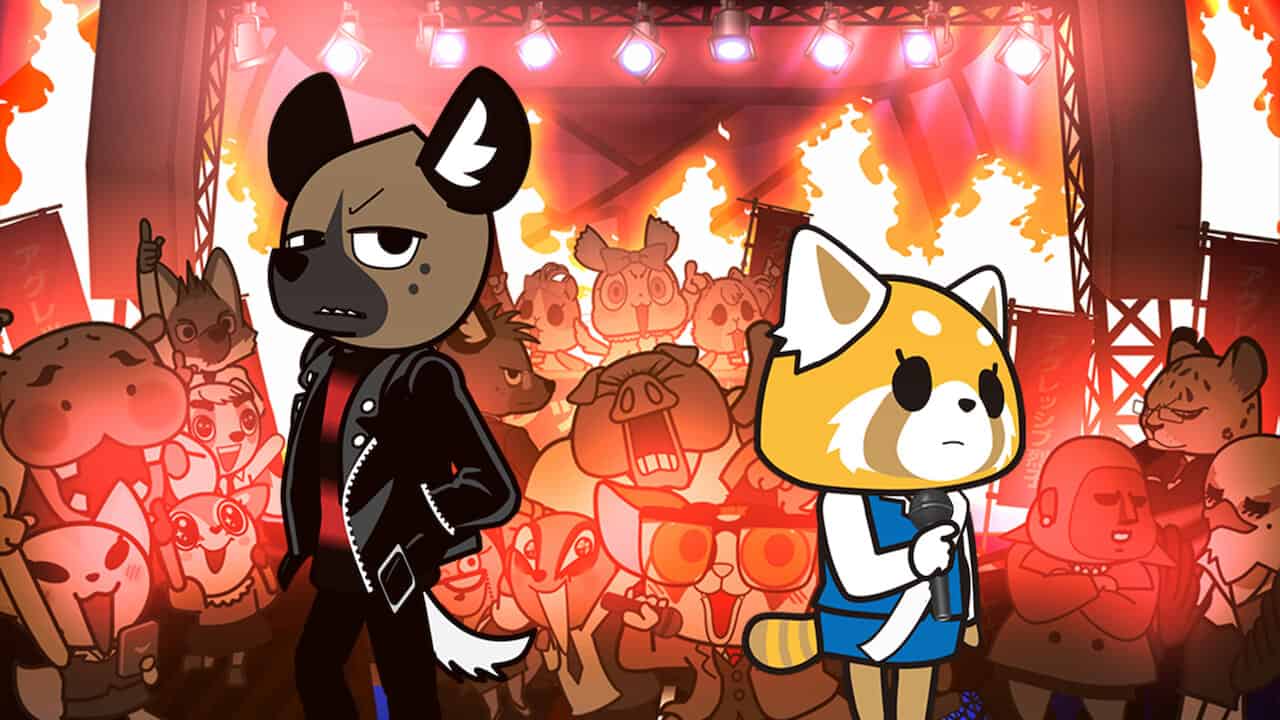
The unjust practices at Retsuko’s place of employment are typical: her overbearing boss Director Ton, who turns out to be a literal pig, spends his days practicing his golf swing, the adoring brown-noser Tsunoda receives special treatment, and the cubicle busybody appears to have nothing better to do than spread untrue rumors. However, the series excels at highlighting the little concessions, courteous effacement, and everyday microaggressions that corrode one’s spirit. One manager even keeps a difficult-to-open jar on hand just so he could scream at Retsuko when she couldn’t open it. Diabolical.
I present death metal. Whether she uses the private karaoke bedroom at the karaoke bar or the bathroom compartment at her place of employment (for emergencies only), Retsuko spouts rage over each abuse or insult. Thankfully, witnessing a tiny red panda channel its anger into a raging yell is just as wonderful for the person watching to experience it first-hand.
Retsuko is less of an aspirational persona and more of a blank canvas. The most intriguing aspect of her at this point is her covert death-oriented venting. She does not possess any goals beyond wanting to be happy, but other than doom metal, she doesn’t know what it is that makes her happy. She’s committed at least to that, and she even has a microphone of her own.
19. Gentefied
Anyone who is from Los Angeles will tell you that the Los Angeles that TV and movies depict is rarely especially accurate when compared to what’s outside of the film and television industry. The vast city is filled with a unique culture, a sizable chunk of which is in danger of being displaced due to sudden influxes of financial resources and new (whiter) citizens.
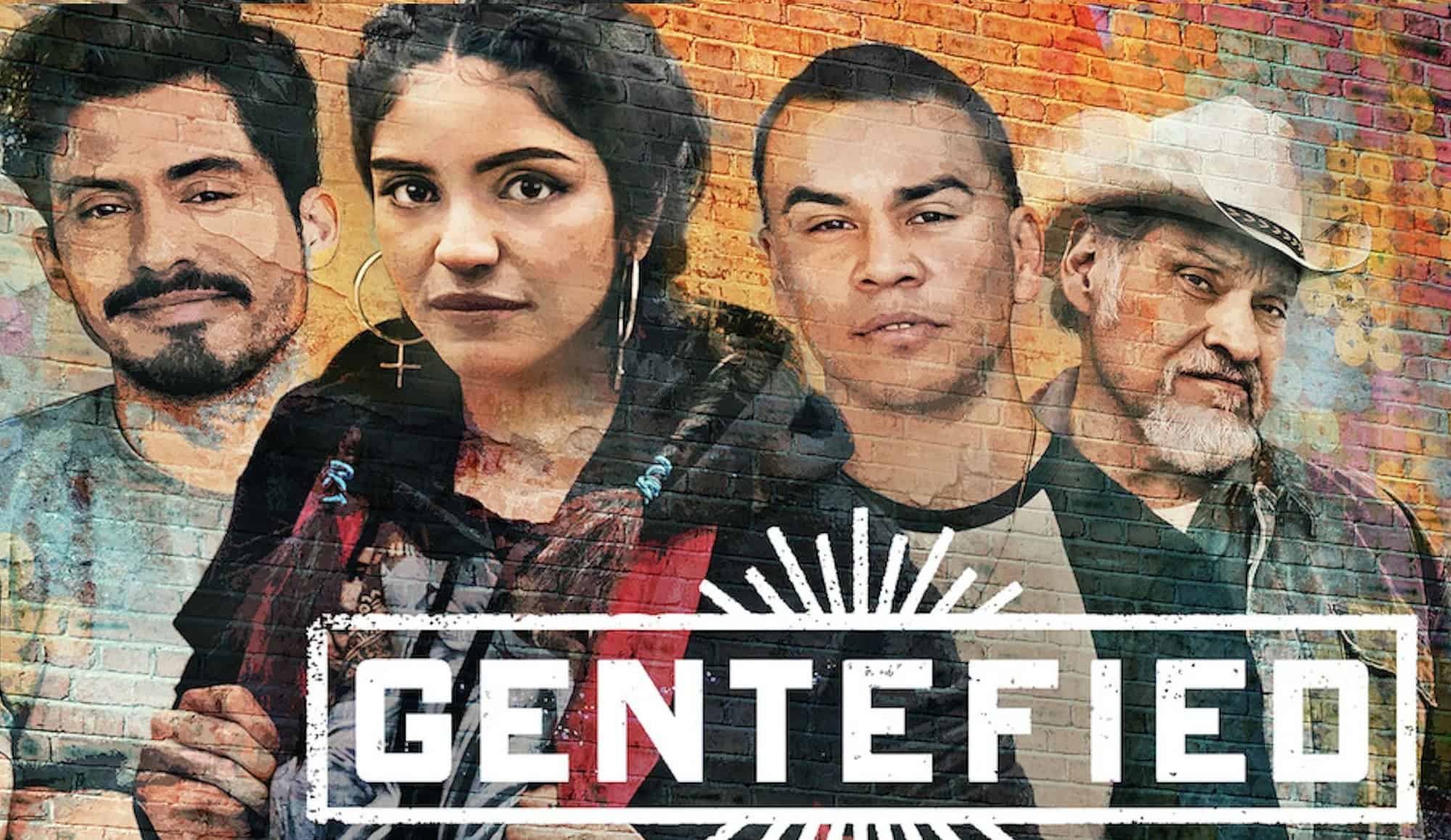
The goal of Marvin Lemus and Linda Yvette Chávez’s new comedy “Gentefied,” based on their same-named webseries from 2017, is to highlight those who are banished to the outside of their own city. For many years, the family’s dominant Mexican-American community called Boyle Heights home. Through their different challenges, each of the four main characters of the program illustrates what an impossible situation this push-pull really is.
After finding that his on-and-off partner Lidia is expecting, Erik (JJ Soria), Casimiro’s grandson, takes up the cause of keeping his family taco store prosperous with enthusiasm. Erik is played by Joaquin Cosio. Both of Eric’s cousins, Chris and Ana (Karrie Martin), are attempting to live out the passions they have for art and fine cookery without betraying their community.
Each of them has a unique perspective on how their everyday lives in Boyle Heights are shifting as a result of the many experiences they’ve had growing up and becoming adults. Even if they never entirely one another’s points of view, some of the best and most memorable scenes in the series result from them discussing that fact. Among the most annoying moments occur when they to addressing other concerns without really committing (most notably when Yessica raises the subject of hostility to black bias in Ana’s neighborhood, but it is never brought up in any significant way afterward).
20. Sex Education
First things first: the plot is incredibly cliche. Typical teen tragedy on Netflix, similar to Thirteen Reasons Why. In terms of the storyline, we were already familiar with it. Even better, the story revolves around characters and clichés from normal teen dramas. The gay friend, the extremely smart but punk chick, and the geek with “the gift” are all present. Even though each of these is so common, the series does a wonderful job of blending it all together. It employs storyline twists and overt strategies.
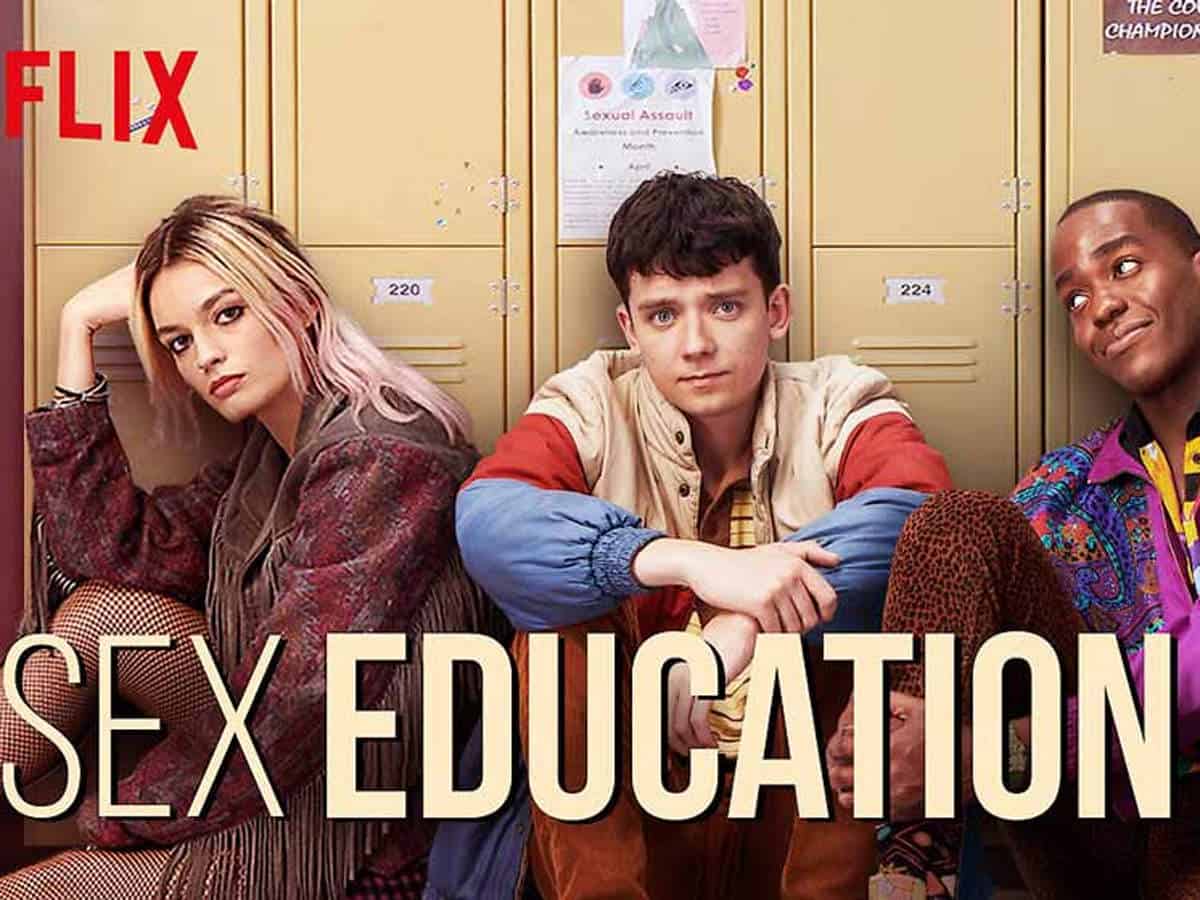
It helps you feel just about every ounce of the anticipation and tension leading up to the climax. Even though you know what you’ve been going to take place, you keep nibbling into the mattresses and doubting it will actually occur. The brilliant use of music to build the tone for each scene in this series and other Netflix shows is another fantastic aspect. Although we had previously seen it in a lot of other movies, this fits into the structure of the plot really nicely. You get to the sensation of every part of these adolescents’ lives because different styles are employed for various moods and personas.
Each character is a cliché when it is first created, but not as they develop. Don’t begin viewing this series with the arrogant belief that you already know how it will end. There will be many more instances where your jaw will drop. The protagonist’s main interest is in sexuality. God is aware of the number of us who have gone through the same kinds of worries and difficulties that he does, but we are too ashamed to admit it. This series is incredibly daring in reminding us that being a virgin at 16—or even at 21 or 25—is not anything to be ashamed of. People should relax; having sex is not such a big deal.
Also Read: Sex Education Season 4 Confirms Dan Levy Among New Cast Members
21. Dark
The science fiction drama television program Dark (2017–2020) was revolutionary for a number of reasons. It wasn’t just the first German-language original TV series on Netflix; it also had unmatched ambition and scope for a compact plot. The world is filled with breathing, living people who each have their own complicated motivations, talents, and flaws. While the plot is disorienting and infinitely convoluted, the way the characters work is wonderful. Today I’m going to try to dissect this show’s success in order to clarify what renders it such a masterwork in world-building material and character design.
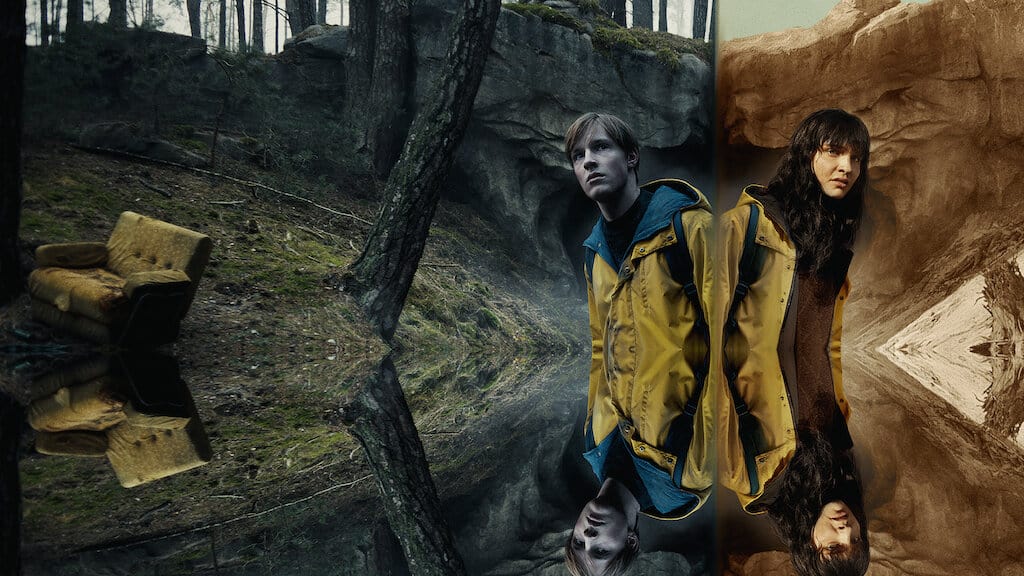
Even though it only had three seasons and 26 episodes, Dark had one of the most convoluted and difficult-to-follow stories of any sci-fi program comparable to it. How is it to accomplish this without alienating its audience? After concluding the series finale, I watched the inaugural episode to find the solution for myself. I was amazed at how straightforward the setup is.
What happens to the missing children is the main question, and it is simple and straightforward. In fact, as we gradually get to know each of the main characters, the first episodes are all centered around this story premise.
Also Read: School Of Lies Ending Explained: The Dark Lonely Truth Behind The Show
22. Sweet Tooth
The Great Crumble is being caused by a fatal virus known as H5G9, and the birth of new ones is a sight to see. They are half humanoid and half animal and are known to crossbreed. Gus, who happens to be a hybrid child that is half boy and half deer, is being raised by one father who realizes it is time to flee because people are vulnerable. He refers to Pubba (Will Forte), and Gus is his father. They cultivate their personal veggies and live happily in the woods.
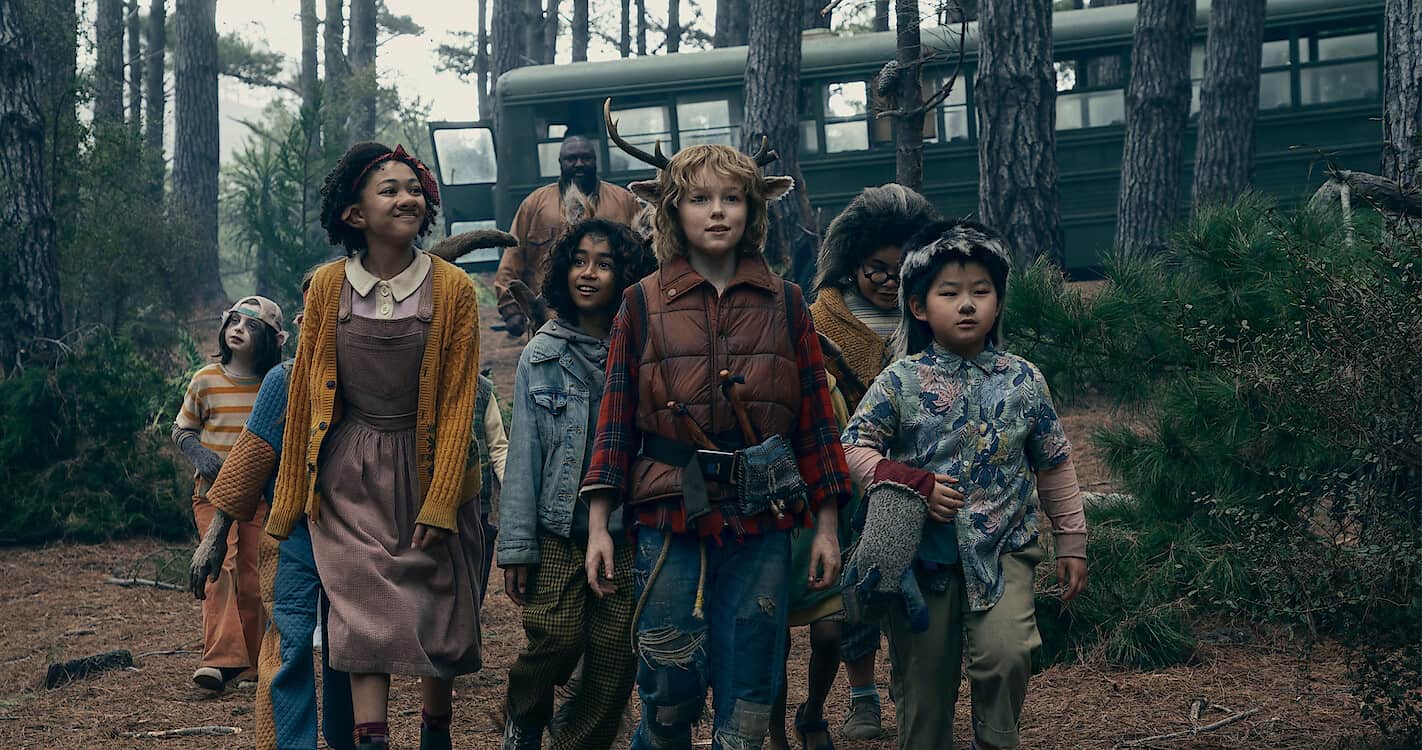
In the real world, Dr. Aditya Singh interacts with his wife, Rani Singh, who has already experienced the Sick and trying to revive her. He learns the symptoms of the Sick. They have done their best to carry on with their lives while trying to keep it a secret from everyone. Gus and Big Man meet Bear while traveling together, and due to a sequence of circumstances, she starts taking trips with them.
Gus is played by Convery, who is gorgeous, endearing, and a joy to watch. Any actor who plays a different role finds it difficult, but Convery’s role is particularly unique. Being a deer (whose love of sweets gives rise to the nickname Sweet Tooth), he imparts Gus all the traits of a deer, not just his appearance. His curiosity and he looked as soon as he heard or sensed a certain thing work to the character’s benefit. Convery is to thank you for how much I enjoy Gus’ fire. Bravo, young man.
Also Read: Sweet Tooth Filming Locations: Where is the Series Made?
23. Documentary Now!
According to the network that is airing the new series Documentary Now! from veteran SNL performers and well-known comedians Fred Armisen and Bill Hader. This show fits those criteria well, it appears. The first season’s six episodes, which wrap tonight, are really just standard documentary shorts. But there is always everything “somewhat off.” Where viewers would be hoping the comedy to be—comedy that would theoretically be guaranteed by a project from the brains of the ones who are developing this show—is in which that “slightly off” -ness sits.
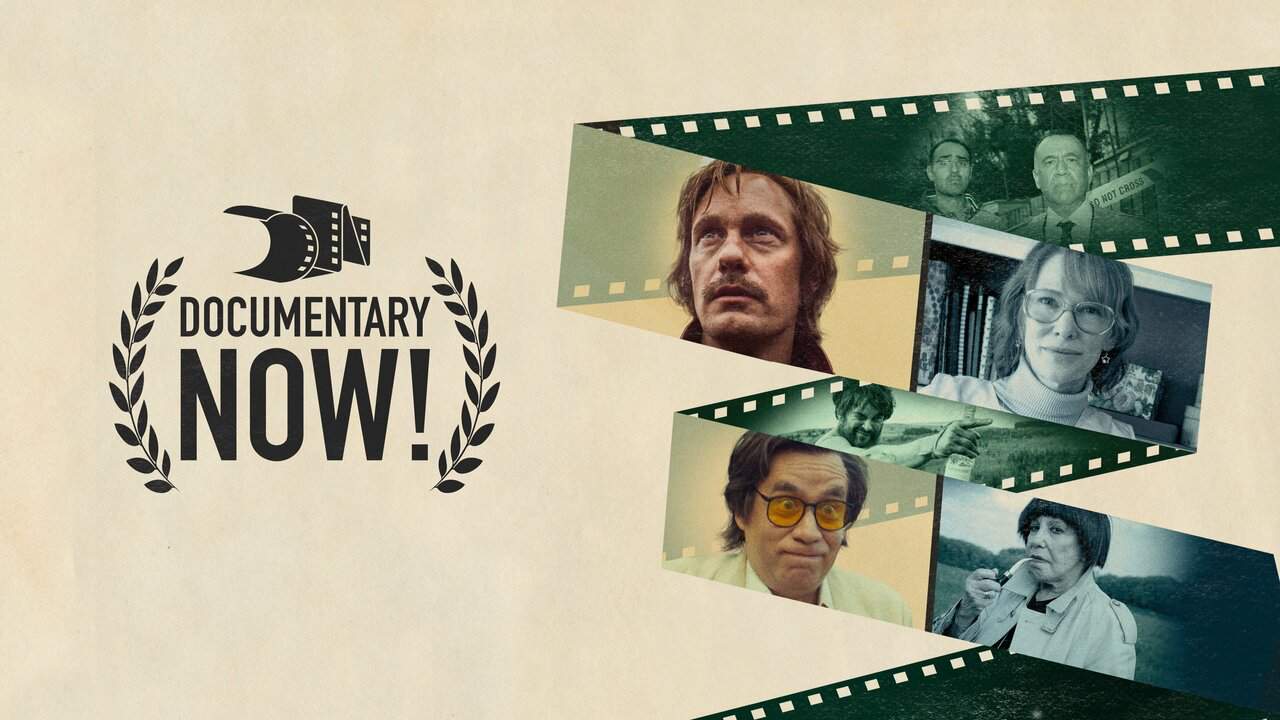
That is not to argue that this series lacks humor; on the contrary, it includes moments of hilarity that perfectly fit the IFC style. As I’ve gone through more episodes, what I’ve discovered about this program is that it looks less like a comedy program and more like an earnest investigation of films by individuals who have an appreciation for the various forms and features of the film and the film documentary genre in particular.
When these folks created this series, I got a feeling they were more interested in how awesome a recreation of The Thin Blue Line would look than in making people laugh. Because everyone knows who they are, the laughter still happens. It is simple to categorize this series as sarcastic or a “mockumentary.” This is due to the fact that it takes authentic documentaries and turns these into something stranger. But when certain things—such as the people, the attire, and the plot—are identical, then it isn’t precisely satire or mockery.
The episodes of the show are compared to the beginning information in a video series produced by IFC, and the parallels are startling (see particularly Thin Blue Line). For instance, a milkshake that is dumped turns into a popsicle. That replicates the material through a different perspective rather than parodying or satirizing it.
Also Read: 25 Inside Facts About Met Gala You Need to Know!
24. Squid Game
The 456 participants in Netflix’s Squid Game compete in a variety of kid-friendly games for a sizable cash reward. Seong Gi-hun (Lee Jung-Jae) is a separated father with significant debt and gambling problems (player 456). He participates in athletic activities in the hopes of aiding his aging Mother (), who is already struggling to make ends meet. In the far arena, player 218 Cho Sang-woo (Park Hae-soo) is pursued by the authorities for diverting proceeds from his clients and racking up debts due to failed investments, and player 456 reunites. Additionally, they encounter Player 1 (O Yeong-su), a senior citizen with a cancerous tumor, and Player 199 (Anupam Tripathi), a Pakistani immigrant worker.
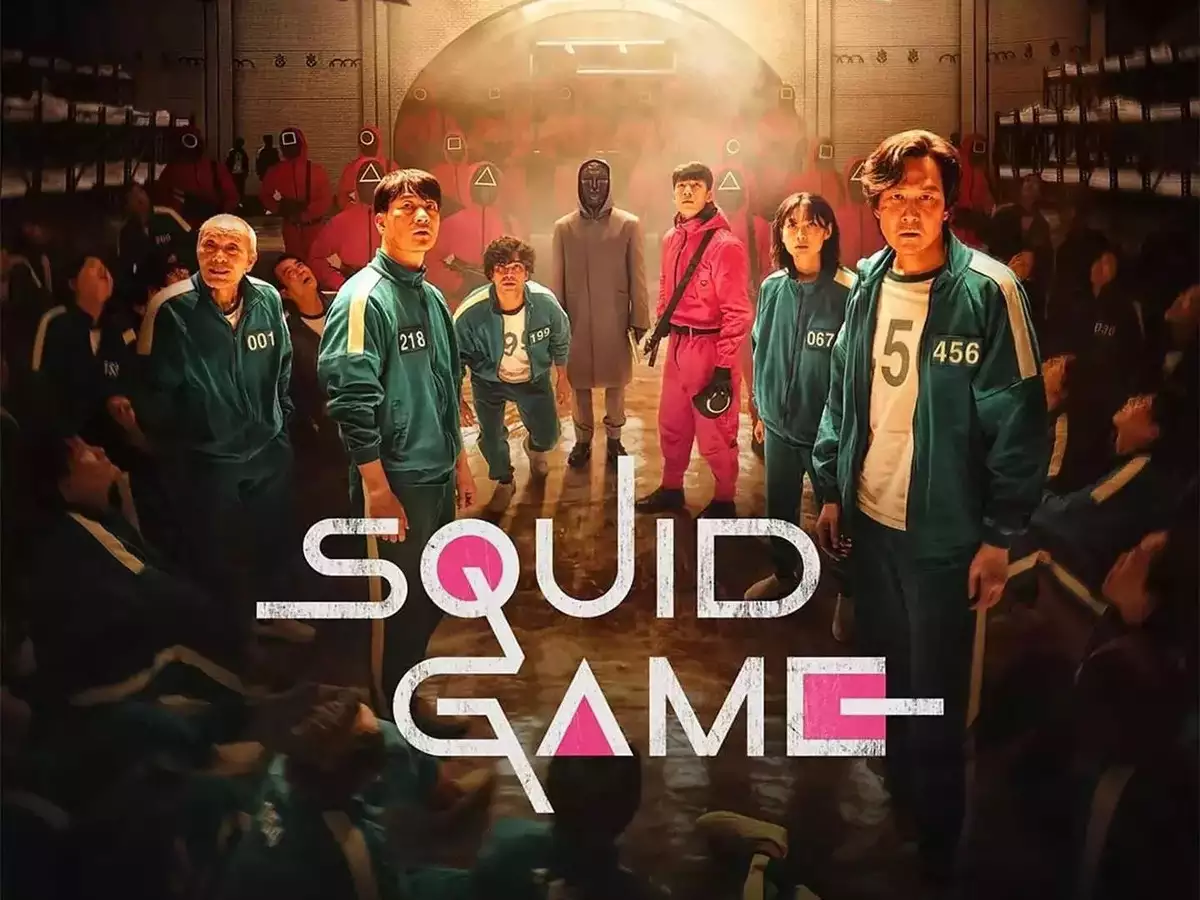
Players are aware that everyone who finishes a game is shot to death, which is unfortunate because the games themselves appear to have a dangerous side. Even Nevertheless, the players are persuaded to continue playing because of the massive threat to their lives posed by the financial prize. Loyalties start to erode, though, and teams start to disintegrate as the contests go through and the crowd gets smaller. Who will play all the way through and emerge victorious, and who will be sadly left behind and left for dead?
The activities themselves were equally observed since they successfully combined the innocence of childhood with the ominous prospect of death. Although I didn’t play these particular games when I was a kid, many of their elements were familiar, and the distant recollections only served to heighten their unsettling nature as you knew what would transpire if you lost. The games also had a strange allure that I almost longed to experience first-hand. Although the games didn’t exactly appear to be enjoyable, watching different players competing made me ponder how I would behave if I were placed in their position.
Also Read: Squid Game Review: Is It Worth Watching?
25. Vikings: Valhalla
The Vikings television universe has the visual along with storytelling engagement, longevity, and global reach to revive and reimagine the Viking world for 21st-century mainstream viewers, unlike any other popular media to date. In order to depict the story of the Northmen, Michael Hirst drew from the preconceptions and misunderstandings that existed in the early medieval period. However, the show also refuted and misrepresented others.

From the limited narrative of the late 8th to early 10th century Viking realm from the Rus to Vinland offered by Michael Hirst’s six series of Vikings, Vikings Valhalla skips well over a century. In the new series, Cnut, as well as Harald Sigurdsson, are the main characters in a late Viking Age setting that is set in the early to mid-11th century. This results in the blending and adaptation of historical events and legendary legends into a brand-new, condensed plot. The episode will start with the St. Brice’s Day slaughter in 1002 and end in 1066.
As Prince Harald Sigurdsson leaves a so-called Viking settlement in the Danelaw, his older brother is summoned to King Aethelred II’s court to be ended. Despite the fact that England had been established for more than a century and had accepted Christianity, Aethelred is depicted to be carrying out a deliberate campaign of ethnic cleansing to expel the “Vikings” by slaughter.
In many ways, the plot picks up where Vikings left off in terms of its dynamism and fluidity. The court and city of London, and Mercians at Tamworth, and conflict sequences in Kent are the main points of historical events in England. For Scandinavia, we know a landscape dominated by the Kattegat and fjord, as well as a tiny village on the way to Uppsala and a pagan temple there that Ragnar, Rollo, Lagertha, and their comrades had explored in the over two-hundred-year-old season 1 of Vikings. There is a brief description of Denmark as well.
Also Read: Vikings: Valhalla Filming Locations: Where is the Historical Drama Shot?
26. Top Boy
Top Boy, which debuted on Channel 4 in 2011, offered a realistic depiction of the true nature of gang culture, violence, and criminality in London’s most impoverished neighborhoods. Drake, a Canadian musician and a fan of the show, just brought back the show on Netflix after two successful seasons.
Drake intended to ‘throw fuel to [the] flames,’ continuing the story after it was canceled. Top Boy may appear to be another typical British crime drama, but viewers have praised the show for going deeper into contemporary themes that are prevalent in East London’s impoverished neighborhoods. This is because a large portion of the sub-plot discusses the concerns related to industrialization and immigration.
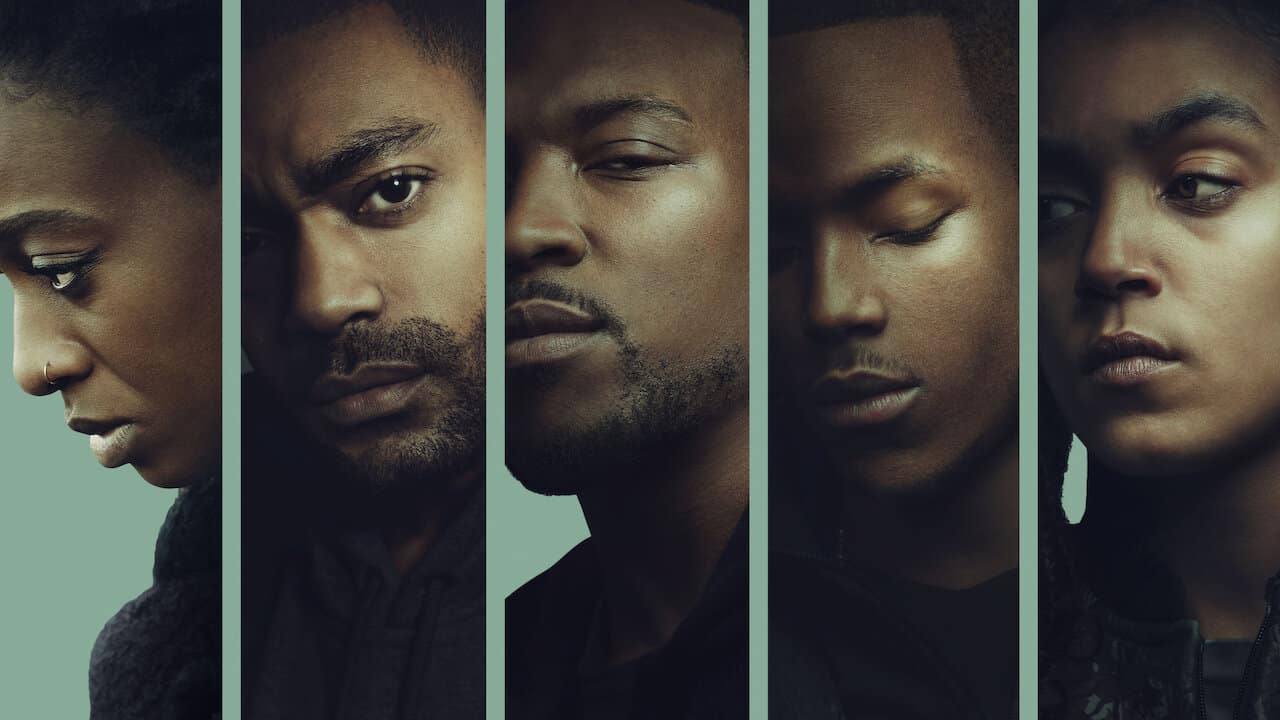
Top Boy depicts the realities of colonization and the terrible effects it has on its neighborhoods in a way that is subtly within the plot. Higher-income people relocating into a disadvantaged urban area has changed it, repairing housing and introducing new businesses, oftentimes displacing current residents in the process,” according to the definition of gentrification. Top Boy has scripted and visual references to the effects throughout the entire series.
For instance, when the main character Dushane travels to the make-believe estate of “Summerhouse,” he discovers that the neighborhood has been overrun by independently owned coffee houses that sell expensive coffee blends. In addition, audiences have not just been in the UK, as rapper Drake’s participation has amply demonstrated.
Top Boy has had an impact on society at large, sparking discussions on societal inequities that are ignored in the media and in person. Top Boy recognizes the issues that predominate in the daily existence of many of London’s underprivileged areas and gives a voice to individuals who all too frequently go ignored. Because of the compelling crime drama’s popularity, Netflix recently announced that Series 4 would be produced, allowing the show’s creators to continue addressing the problems that now affect the nation’s capital.
Also Read: Top Boy Season 5 Confirmed: When is it Coming Out?
27. Cobra Kai
Cobra Kai is set 34 years shortly after the ending of the first Karate Kid movie, with the first season of the series placing more of an emphasis on Johnny Lawrence before shifting to a more impartial viewpoint in the second. We see Johnny’s perception of the first movie’s events and the impact this had on him within the years that followed. We learn what caused Johnny to behave in the way he did in the first movie, how their lives divided after the competition, and how their respective senseis’ philosophies guided them.

Johnny is what can be considered a classic loser in life; he works odd jobs, is aimless by himself, and first seems to be an operative alcoholic. Daniel, who owns a car dealership, is doing the best he can to be the person his family wants him to be. However, everything is about to change as Johnny unintentionally steps into a teen brawl that spills outside onto his automobile.
Around this period, Daniel begins to experience flashbacks from his own after noticing Cobra Kai had reopened after driving his car. Because it caused him worry and pain as a child, he is unwilling to allow to see CK open again. As he works on this, he notices a new worker at LaRusso Auto and starts to train him in the same way as Miyagi did. Giving Daniel’s life an entirely fresh perspective on his ability to teach a new individual the skills he was taught.
Also Read: Who is Hannah Kepple Dating? The Cobra Kai Actress’ Love Interest
28. Queen Charlotte: A Bridgerton Story
Before viewing a historical drama, I am usually curious to learn about the background of the individuals in it that it canters on, the history of the age it is set in, and a little bit about the attire, accents, and lifestyles of that time. Before starting work on the predecessor to the popular property series Bridgerton, Queen Charlotte on Netflix, I did the same. The act begins with a disclaimer, especially in the dulcet tone and accent of Bridgerton’s revered, nameless Lady Whistle Down (the incomparable Julie Andrews), making all the study unnecessary.

You already know that you don’t need to know anything about Queen Charlotte or how this hypothetical Great Britain came to have a Black king. You are aware that nothing you will see over the course of the next six episodes should be taken seriously and, perhaps most importantly, that it is not a “history lesson.” It is merely a made-up television program about a king, a queen, and their opulent, luxurious subjects.
The two betrothed have a beautiful first date, but this marriage of necessity takes a turn once the husband leaves the new bride on the ceremony night. From this point on, we are presented with the show’s main conflict: why should George leave Charlotte? Is he a “beast or a troll,” or do they have a mistress? Similar to the tension between Daphne and Simon in Bridgerton’s first season, this one is intriguing. Charlotte and George frequently, and you are kept interested by the way they get along. Amarteifio and Mylchreest are skilled performers who successfully portray their regal personas while highlighting their flaws.
29. Teenage Bounty Hunters
The phrase “canceled too soon” started to sound like a TV anachronism a few years ago. In a highly competitive television market, we had seen many TV shows canceled before their time, but as broadband and television streaming services the horizons and stoked the appetite for marketplace-friendly material, the medium grew fertile for TV revivals. The Expanse moved from SyFy to Amazon, Named the Survivor series from ABC to Netflix, and One Week at a Time from Netflix to PopTV as a result of FOX canceling Brooklyn Nine-Nine.
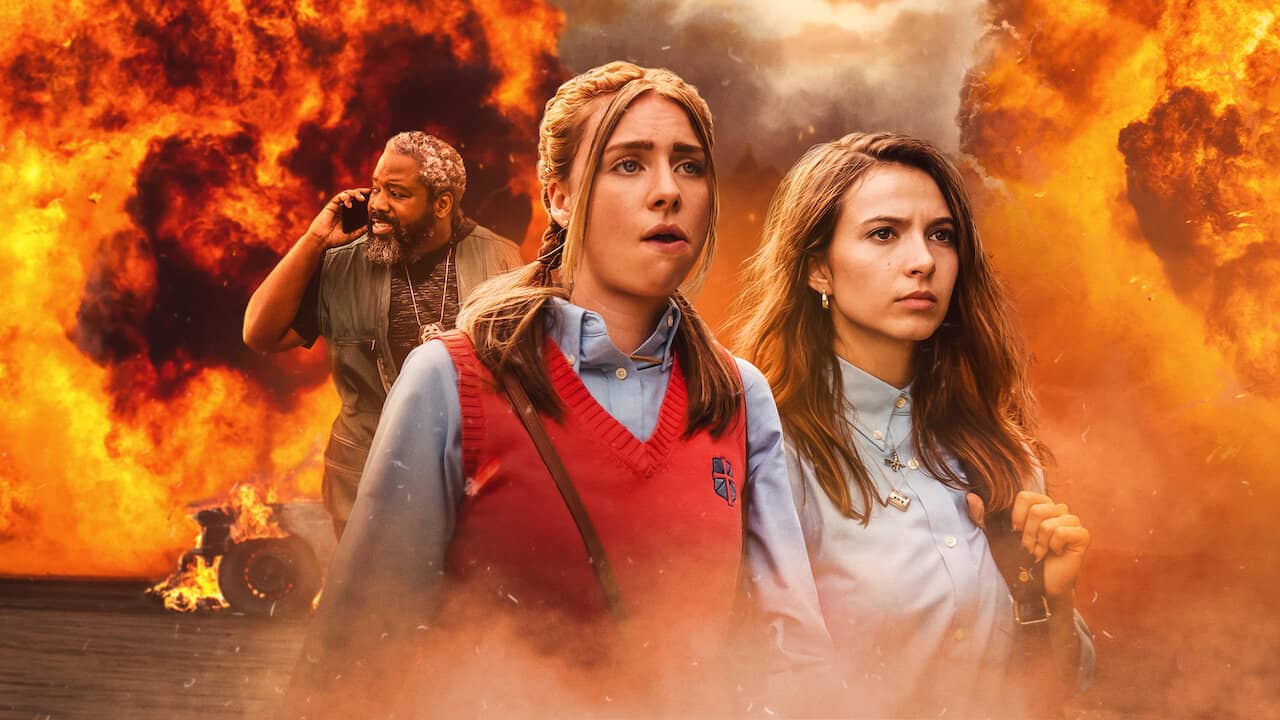
Sadly, the reality is not so cut and dry. In reality, a startling number of ostensibly beloved shows had their runs abruptly shortened in recent months. Though some may point the finger at the industry’s escalating rivalry, the COVID-19 epidemic is a more plausible culprit because it has disrupted TV shows (not to mention everything else) globally and made risk-averse programming challenging to produce. It seems likely that, in the near future, shows will need to reach a far threshold of spectators in order to ensure renewal.
The program made its Netflix debut on August 2020 with each of the ten of its first-season episodes, but the streaming giant abruptly canceled it in October. As of this writing, no other network or streaming outlet has taken over the show’s reins. That’s unfortunate because Teenage Bounty Hunters is a tremendously entertaining show that is also more sophisticated than its title might imply. And perhaps most brilliantly, It gives Hollywood a chance to tell stories from perspectives that aren’t usually used.
Also Read: Good On Paper Soundtrack: Groove To Netflix’s New Rom-Com Tunes!
30. Never Have I Ever
This show is partially based largely on the life of collaborator Mindy Kaling, who is well-known for the series The Office. As a result, it bases itself on her childhood experiences, with only minor alterations made to make the show more marketable. For the first time, Mindy Kaling is in charge of directing this show along with Lang Fisher instead of appearing on screen as an actor. Few of the characters in this program come from various backgrounds, which is what makes it so interesting to watch. This makes it the show’s aspect.

The Mindy Kaling and Lang Fisher-written teen dramedy Never Have I Ever on Netflix starts off with a barrage of eccentricities. Devi, a fifteen-year-old newcomer named Maitreyi Ramakrishnan, is familiar as a studious horndog, a grieving teen still in shock over her father’s recent death, a not especially devout Hindu who becomes paralyzed as a result and whose tongue-lolling passion for Paxton (Darren Barnet), the hottest student in school, suddenly restores her ability to walk.
The mother of Devi is portrayed by Poorna Jagannathan, who excelled in this part despite having plenty of room to express herself. This show depicts how Indians who have moved abroad live.
Despite their best efforts to behave and look like Americans, they maintain the same Indian perspective, such as inviting an unrelated Indian man to lunch or planning a marriage ceremony proposal even though they reside in the USA! There is also an epic sequence where the show’s narrator describes how Indian neighborhood aunts behave.
Also Read: Michael Cimino’s Partner: Never Have I Ever Actor’s Love Life
31. Peaky Blinders
One of my favorite television shows is Peaky Blinders. It’s a fantastic show with lots of sentiment, violence, and high drama. You can’t help but care about and want the group Peaky Blinders to succeed, despite the fact that they are gangsters. This book, which examines the plot from its conception until the conclusion of Series 4, is intended for aficionados.
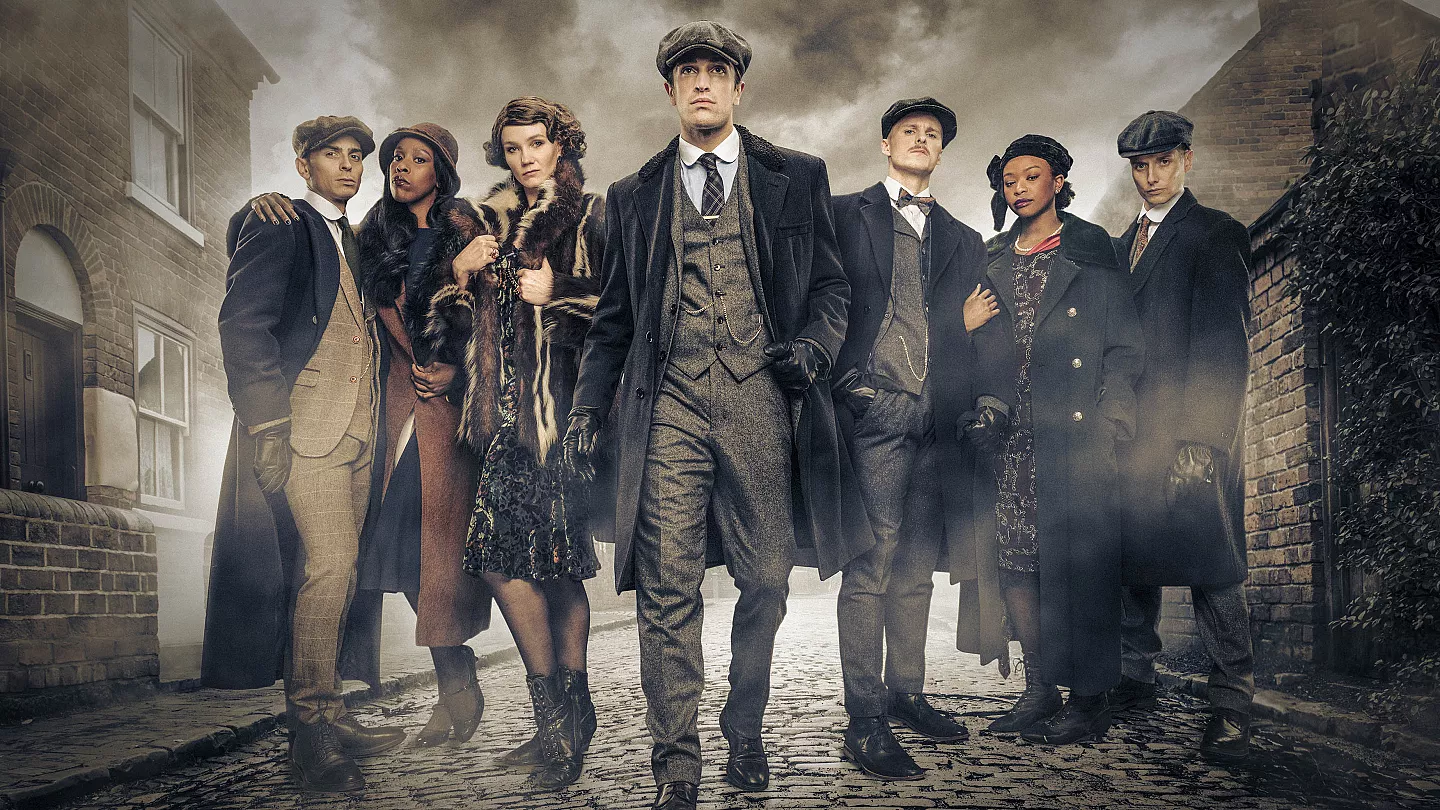
The narrative in the companion book begins with Steven Knight’s conception of the series, and it is logically organized. It is based on the tales told to him when he was a child in Birmingham as well as his own experiences. Peaky Blinders has been given the mandate to go big with fantastic sets, costumes, and drama.
The book then covers the plot in every series, interlaced with first-person statements from each of the principal character performers. This is a distinctive method of doing it, and it demonstrates the level of character research and expertise that each actor has, right down to the minute, invisible elements of outfit and demeanor.
The novel also discusses the locales, which include Birmingham, the canals, Tommy’s mansion, and the wagering shop. There is, of course, a section on fashion, including Peaky hairstyles. The music, which is actually like another character in a Peaky Blinders book, must also be discussed.
A list of the songs used in the show is provided, along with definitions of what renders a song “Peaky” and how it influences the characters’ views and ways of thinking. (Being familiar with some of the songs well, I am confident that the sentences really fit in with the whole thing, and I decide to refrain from thinking of Tommy the next time I heard The Last The Shadow Puppets’ Bad Habits).
Also Read: Peaky Blinders Movie: Everything You Need To Know
32. Élite
For killing Marina, Nano was wrongfully detained and arrested. Since that time, Brother Samuel has put forth a lot of effort to get bail money and identify the real offender. He has no idea that his classmate Polo, who killed Marina, and Carla, who assisted in the crime, are the real killers. Samuel becomes determined to learn the truth, but Marina’s brother Guzmán takes his rage out on Samuel in an effort to isolate him from everyone since he believes that law enforcement has the right man.

But everything changes when flashbacks show that Samuel has been absent for more than three days. Each of Samuel’s classmates is questioned by the detective, who goes over the events that caused Samuel to hide, showing that Marina’s death sparked a fiery drama and long-standing animosities. Is Samuel missing, or did he find information that led to his death?
I watched the entire first season of Elite in one sitting because it was that fantastic. I couldn’t stop watching because of the fear and mystery since it was so fantastic. It definitely peaks teen drama; Élite is a good show like Lovely Liars and Riverdale. Élite, in my perspective, is everything Riverdale aspires to be. Élite incorporates all the cherished teen dramatic clichés in a way that makes it engrossing and immensely entertaining. In addition to the murder plot, season two of Élite has some incredibly compelling side stories.
Also Read: What Happened To Samuel In Elite Season 5? Explained
33. Lost Ollie
Netflix’s live-action/animation hybrid Perished Ollie is here to enchant its specialized evil and irritating, recycled, same-old material. The 45–50-minute-long miniseries, which consists of four episodes, tells the story of a lost toy who travels through the countryside looking for his most lovable friend, Billy. Sometimes, it astounds me to see how easily small children can form a connection between a stuffed animal and a seemingly real world that is beyond some adult (this makes me think of the opening of the story The Little Prince).
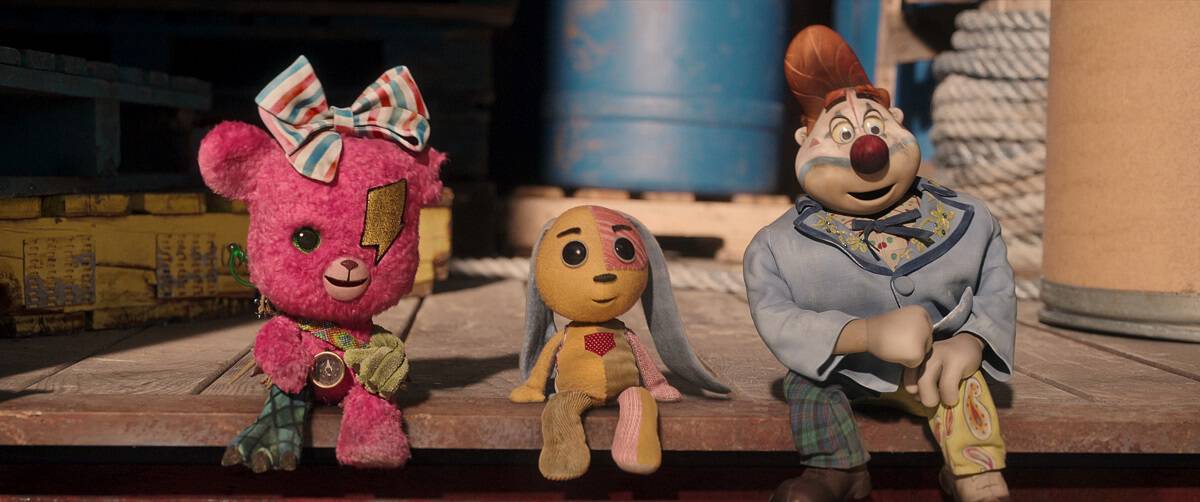
I couldn’t help but think of the bond children develop with their toys as I watched the show’s promo. It caused me to think if any of my plush toys from my childhood held the same influence over me. In the opening episode, “Ollie is Lost,” we witness a plush bunny on a roadside puddle while a conversation that sounds like an old memory is playing in the distance. The next instant, Ollie finds himself alone in an abandoned box that a random stranger had taken to a thrift store while thinking about his best friend, Billy.
He fights back since he doesn’t like the way the elderly woman treats him after removing him from the box. Later, when Ollie notices the elderly woman locking up the store, he tries to leave but is followed by Buttons, the woman’s drooling dog. Ollie is ultimately saved from the snarling dog by a worn-out old clown by the name of Zozo. Because his parents had adopted him, Billy was made fun of and bullied. Going back in time, we see a touching moment between Billy and his mother, who always pushed his brother to stand up to bullies.
Also Read: Who Does Oliver Queen End Up With In Arrow? Explained
34. Stranger Things
During the starting season of Stranger Things, we were given an overview of a group of teens who live in a small, fictional community called Hawkins in Indiana. Will Byers, a child who goes missing, is the main character of the first season. It is set in the 1980s and makes references to 1980s culture. The reality where Michael finds himself is known by his friends, his maternal grandmother Joyce, and the chief of police in the area Jim Hopper as “The Upside Down.”

Will has finally been saved in the second season of the show, which is set in October 1984, albeit not much is known about what happened before; we find out more as the show goes on. Soon, Will’s pals realize that creatures in the other world are still having an impact on him. Eleven departs the small community in the meantime in an effort to learn more about her origins, her past, and her true identity.
Eleven bonds with a girl who gets tortured in the same after witnessing her catatonic mother, who has abilities to herself. However, Eleven ultimately decides to go back to Hawkins to be with her new family. Whereas seasons both one and two had been gloomy, eerie, and mysterious, season three was livelier and enjoyable, with the entire cast enjoying out at the new Starcourt Mall.
Billy Hargrove (played by Dacre Montgomery), who was assaulted by the Mind Flayer and then to exact revenge, was this time’s victim of the horrific creature. Obviously, Stranger Things wouldn’t have been Stranger Things if something wasn’t being covered by a horrific thing. Additionally, there were strange events occurring at the mall, including Steve and Dustin working together to defeat Soviet agents with the aid of their pals Robin and Erica, Lucas’ sister.
Also Read: Who Does Oliver Queen End Up With In Arrow? Explained
35. Criminal: UK
I recently noticed Criminal UK on my Netflix, and as a huge fan of crime fiction, I was immediately intrigued. I did see, though, that it appeared there were four distinct criminals—one each for the UK, Germany, France, and Spain. If anyone is aware of a different order, be sure to let me know! Otherwise, I’ve decided to check out the UK version first, followed by the versions from Spain, Germany, and France. I’ll be watching each one, writing a review, and then written form an open-ended piece to talk about the movie series as a whole, so keep an eye out for reviews in the coming weeks.

However, each episode of Criminal UK follows a team of policemen who question a different criminal suspect. The first episode centers on a guy (David Tennant) who faces allegations of raping and killing his stepdaughter, who is 14 years old. Edgar repeatedly says that he will not respond to questions that have been asked of him by investigators Mysercough, Duffy, and later Ottager for close to 24 hours. Will they be able to persuade their suspect to respond, or will they have to let the man go?
I really like this episode; Atwell, who played Stacey, was both humorous and capable of delivering a dramatic performance. I enjoyed the chemistry between Stacey and Hobbs, and It is good to see Hobbs interviewing the suspect up front and center. Hobbs is unquestionably my favorite member of the team, and she definitely reminds people of her Miss Quill days.
The thing is, the defendants can vary between being innocent or guilty that their conversations sometimes communicate and other times they don’t, and each of the episodes in the series won’t be the same. This gives the viewing experience a lot of variation.
Also Read: How To Watch A Thin Line Episodes? Streaming Guide
36. Jurassic World: Camp Cretaceous
While Jurassic Park/World has inspired a number of sequels, including movies, video games, comic books, and a toy line, Camp Cretaceous brings something fresh to the table. For starters, this is the first Jurassic Park-set animated movie that isn’t a part of the Lego franchise. In light of this, Colin Trevorrow and Steven Spielberg have thought the movie would “hold the punches” despite being largely aimed at children. And they have largely been true to their word.
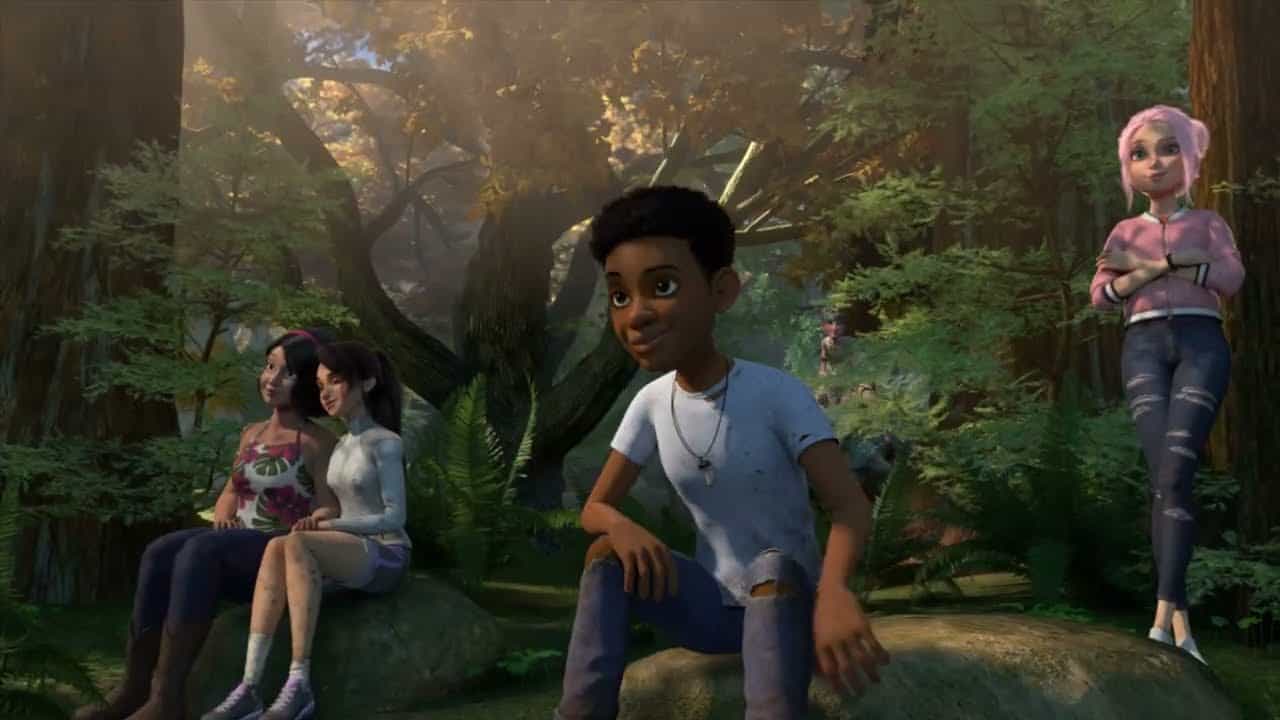
The events of Jurassic World (2015) are depicted a few minutes before, during, and after the events of the series. Six campers—three boys and three girls—make up its main cast. Later, an Ankylosaurus named Bumpy joins them. The name-brand camp is the newest building in the park, which is on the opposite side of Isla Nublar and has a series of recreational opportunities for campers. Although there is occasionally some action during the first three episodes, it is largely when their summer counselors, Dave and Roxie, are not there because, like most teens, they tend to get themselves into trouble.
Even though we are viewing the park from a different angle, we can still make contact between the series and the 2015 movie’s events, such as when the campers find Zack and Gray’s broken gyro sphere and witnesses Simon Masrani’s demise. Viewing the events of the movie from a different angle is rather refreshing, and I see a number of dinosaurs that aren’t in the 2015 movie. And it goes without saying that the teens will run into Indominus Rex, the dinosaur nemesis from that movie, as they search for assistance. She is not, however, the series’ major antagonist.
Also Read: Jurassic World: Camp Cretaceous Season 5: Is It Renewed For The Another Season?
37. Stay Close
Jumbo plays Megan in “Stay Close,” an affluent mother of three who was a stripper named Cassie, and the lives she thought she’d left in the past resurface and threaten to derail day reality she’s built for herself. As a once-famous dancer, Stewart Green (Rod Hunt), one of Cassie’s clients, developed a fascination with her. This passion reached extremes when Cassie started dating Ray, an ambitious cameraman (Richard Armitage). Green dies inexplicably, and Cassie disappears.
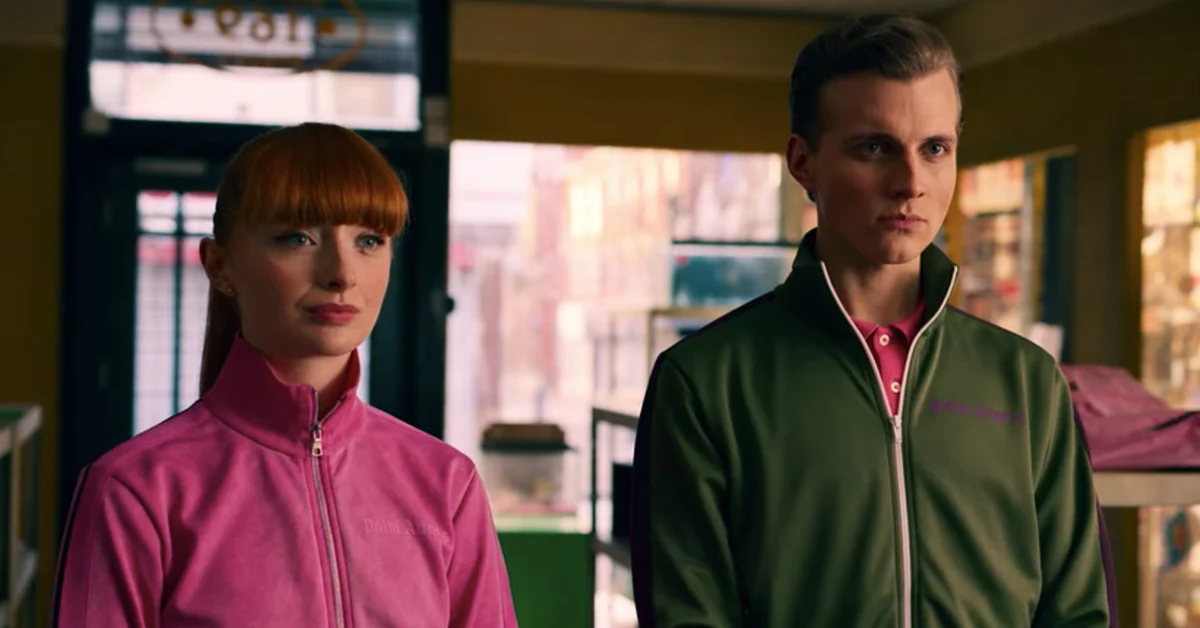
Is Green gone, though? If so, did Cassie (or Ray) murder him if he is? The mysteries that surround every episode are eventually answered. Green is mentioned but never seen or heard, and his ghost as well be “The One Who Would Not Be Named,” a looming presence. The show keeps telling us, “He’s back,” and he’s seeking Cassie.
Traumatized by Green’s aggression, she fled the area; however, it’s uncertain maybe she merely changed her name of herself and moved a few blocks over, or she went onto a different borough, legal authority, city, or even given that the Blackpool-set series’ geography isn’t well defined. It’s an error that makes it difficult to understand the stakes of the story.
Except for Ray, who produces plenty of a trail that it is challenging to exonerate himself, suspicion after the suspect is ended. Is he the murderer, though? The unknown. Maybe the better question is whether anything matters at all. The unsettling tone shifts more closely about whether or not one is taking the whole thing seriously. However, the film’s schlocky, mind-numbingly soundtrack is always there to direct the viewer’s emotions.
Also Read: Stay Close Ending Explained: Who Was the Killer?
38. Tribes Of Europa
Elja and Moses are able to reach the coast just before the mystery cube is about to shut down. A bizarre transportation device that is like a connection between a tank whereupon an elevator arises once Elja throws the cube into the ocean, and both people enter it before descending into the sea.
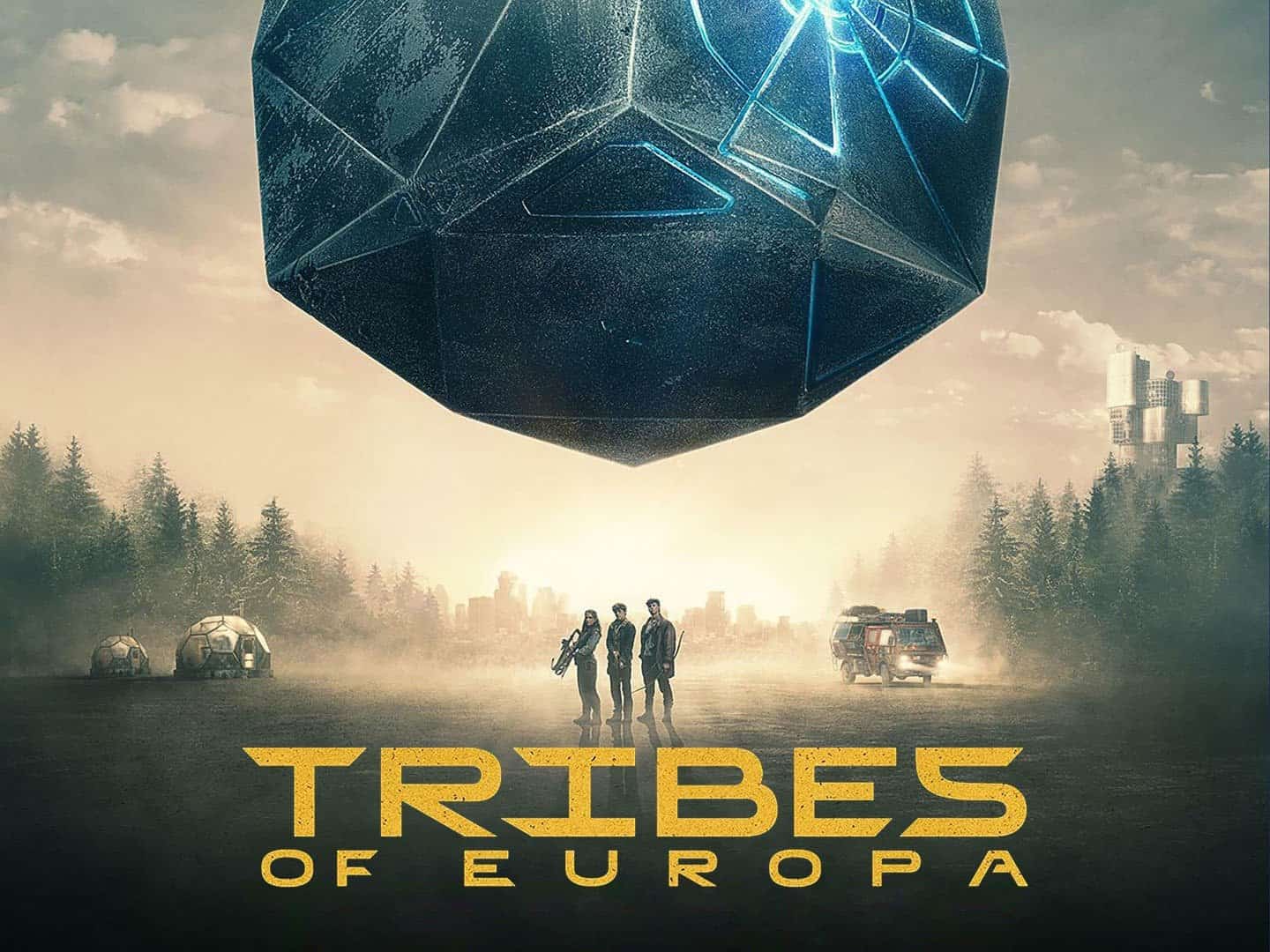
With Grieta, Liv is still making her way around, clinging to optimism that she may arrange a hostage exchange at Brahtok. However, Liv ultimately decides to let Grieta go, and David holds them both at gunpoint while Liv accompanies him. He sets up a false shooting so the women may escape, but soon after Grieta passes away, Liv encounters Alia among the Femen Tribe. Alia is bilingual in English and Spanish and seems to be from a tribe where only women live. Another tribe.
Throughout the entire series, his relationship with Varvara has been nothing short of destructive and unsettling. He is treated like a toy the entire time, and when he finally decides to free his captor, Father Jakob, he, unfortunately, ends up choosing to kill him in a game of blood sport to be able to protect his own life. The miserable teenager eventually becomes Bozie, a vassal of the vile Lord Varvara, and receives the new name Tarok.
We are left praying that Kiano, Liv, and Elja will be reunited since the plot of Tribes of Europa centers on them being separated and locating each other while rescuing the world. But do we see them reunited soon? Without a doubt. There are many comparisons to be drawn, and if Game of Thrones is any indication, maybe this is only the starting point. Consider the Stark sisters being split out and Ned murdered in the first season.
Also Read: How To Watch Night Doctor And Episode Schedule
39. From Scratch
Nothing beats a good crying while watching television, but as any sentimental TV watcher will attest, occasionally, those tears may truly wreck your day. Just before your scheduled time to leave the house, you witness a tearjerker on TV; good luck to you and everyone else you may run across over the next 30 minutes. Wouldn’t it be good to know before you watch a television show that it might make you stifle cries and bite onto a pillow? There seemed to be no better moment to offer this kind of content with the recent release of Netflix’s newest limited-series tearjerker From Scratch. Following all, compassion is sharing.

The best-selling biography From Scratch: A Biography of Love, Sicily, and Finding Home by Tembi Locke, the inspiration for the film From Scratch, recounts the 2012 cancer death of renowned Sicilian chef Saro Gullo. Following Amy, a promising artist, and Lino, a chef who aspires to be one day, as they first meet in Florence while Amy pursues college abroad, falls in love, establishes a life in Los Angeles, and endures a terrible tragedy together, the TV adaption. It’s not as if you don’t fully understand the conditions you’re agreeing to when you switch things on.
From Scratch entices you with magnificent images of Florence, hot people in love, and culinary footage that, depending on what you’re into, might make you both starving and horny. The first episode’s rom-com makes you feel secure and at home: Amy, a Texas law student taking a semester off to focus on art in Florence, and Lino, a Sicilian chef quitting his job on the family farm to open his own dining establishment, physically bump against each other down sidewalks and end up falling in love.
Also Read: Is From Scratch Based On A True Story? The Story Of Tembi Locke
40. The Last Kingdom
That combat, which lasted more than twenty minutes and included horrific squelch and venom splashing on a scale never witnessed in The Last Kingdom, was the epicenter of Seven Kings Must Die. However, after the combat was over, the bodies had been determined, and the wounded had been taken to their respective destinations, the movie closed with a scene that ended the pattern that had run around this narrative from the beginning.
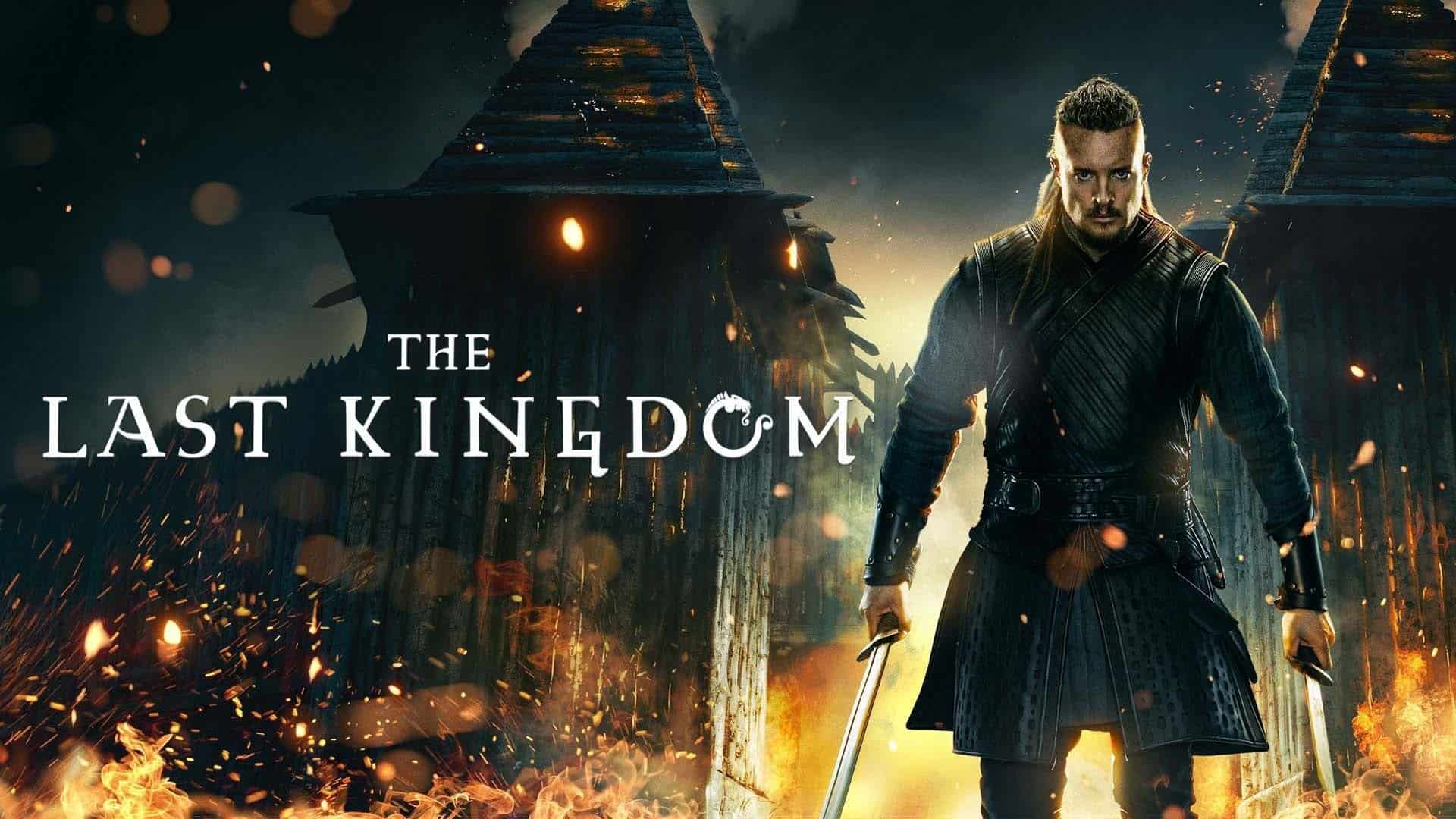
King Aethelstan and Uhtred Ragnarsson, whose life was in jeopardy, were required to accomplish Alfred’s goal of founding England. Neither Alfred nor Edward was responsible for this. Initially, we were encouraged to assume he had because we witnessed Uhtred’s troops find his lifeless body near the Brunanburh battlefield. Only a clue, there. After an extended time of rehabilitation at Bebbanburg, Uhtred surprised those who were hopeful for his recovery by getting out of bed.
He asked about his son Osbert’s safety and, after being satisfied, kept his vow to King Aethelstan. Uhtred finally pledged his Northumbrian territories to the Saxon monarch after being accepted as a deserving ruler of a unified England, offering the final element of the puzzle required to create England.
Uhtred then hears jubilation and celebration and sees a picture of Odin’s Great Hall. The final time we get to see our hero, he is standing between two realms, the world of the living and the realm of the dead, looking from his son Osbert in the realm of the living to his former allies who are reveling in their victory there.
Also Read: The Last Kingdom Seven Kings Must Die Ending Explained: Did Uhtred Died?
41. Raising Dion
In order to defeat a terrifying enemy and protect his friends, family, and even the entire world, an ordinary kid must figure out how to use his extraordinary abilities. It’s a standard structure for a superhero origin story, but Raising Dion on Netflix shakes things up by having its protagonist a young boy of seven. There are some interesting plot beats created by fusing drama about families with comic book action, but the drama ultimately disintegrates due to the conflict between the two genres in them.
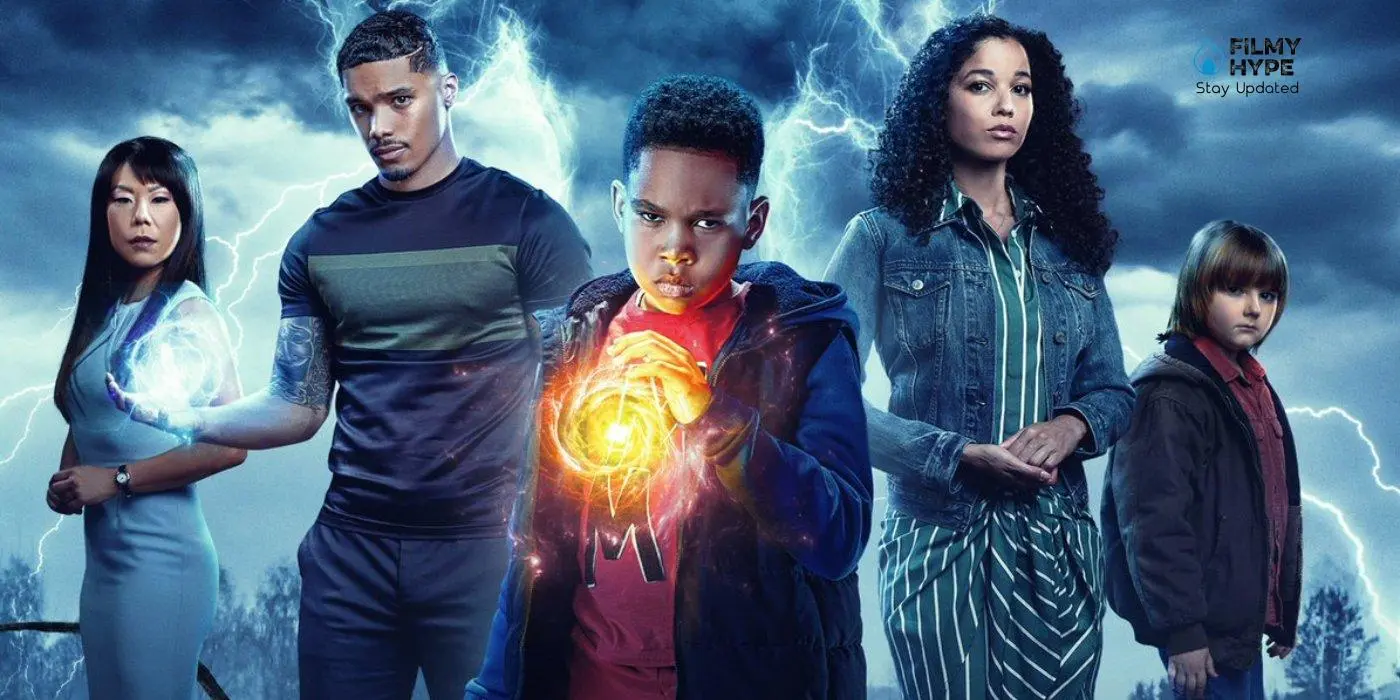
The show’s creator and writer, Carol Barbee, has put together a fantastic cast that revolves around the delightful, precocious title character, despite the fact that Jordan’s star power and limitless charisma are only utilized in collections and the infrequent supernatural vision. Dion is given a strong sense of joy and innocence by Young as he learns the scope of his abilities and works to use them to benefit others.
He is very cute as he designs his own Fortress of Absence, which is a pillow fort in his bed, as well as his own dress. The one negative aspect is how much advertising for goods occurs when he uses his skills to buy his name-brand snack foods. The contradictory directive to have Nicole’s individual plot reach its own culmination dilutes the climax.
It’s ironic to see her get so ecstatic about getting health insurance and reviving her love of dancing while her son is in danger from a violent psychopath. Raising Dion makes some remarkably potent comments about masculine self-worth and respecting limits toward the end of the season. Traditional TV narratives are directly challenged, yet again, the issue is brought up and dealt with so fast that the intended impact is lost.
Also Read: Raising Dion Season 2: Netflix Release Time for the Different Time Zones
42. The Midnight Gospel
Zombies are taking over the White House. To get the notion, picture armies of slightly livelier Mike Pences. To stop the undead from consuming his support base, the leader of the United States is on the roof, taking out the zombies with a shotgun. He interviews Clancy, the main character of The Midnight Gospel, between killing zombie hordes.
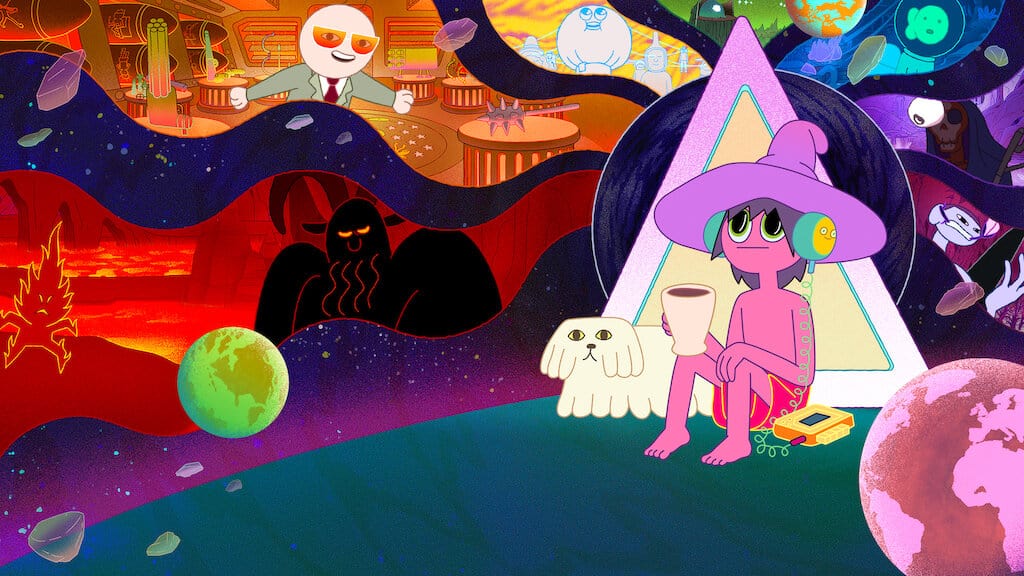
The White House is being overrun by zombies. Imagine armies of somewhat more animated Mike Pences to get the idea. The president of the United States spends time on the roof shooting zombies with a weapon to keep them from engulfing his support base. In addition to slaying zombie hordes, he conducts an interview with Clancy, the central figure of The Midnight Gospel.
After choosing an appropriate location, Clancy places his upper body in what appears to be a big vagina in every single one of the eight episodes that Netflix released on Monday. He is then transported through time and space. The format of each half-hour is a conversation featuring Clancy and his guest. President Pinsky suffers a catastrophic bite in the zombie incident while fleeing with Clancy.
Pinsky completes articulating the theory guiding his team’s drug policy before mutating into a zombie, stating that, in his opinion, there is no such thing as a bad substance, just that the conditions beneath which they are consumed can be good or terrible.
Although it is a tad sappy, many viewers will undoubtedly cry while watching the series. Lovers of Jean Baudrillard’s Simulacra and Simulation will be happy to see how the final Earth survivors return to the simulator, surrendering their fleshly corpses to exist as electric signals, wonderfully teeing up the second season. I won’t reveal what’s going to occur in the end, though. Already, I’m looking forward to it.
Also Read: Where is Midnight Mass Filmed: Is the Crockett Island Real?
43. Dragon Age: Absolution
The new Netflix series Dragon Age: Absolution was certain to be like chocolate for me as a Dragon Age fan. I find it impossible to resist the seductive aroma of a new Dragon Age title that also provides me with some priceless Dreadwolf lore to hold me over when BioWare decides to release the game. Then, Absolution completely satisfies my demands in my Dragon Age-addled brain. However, if I take a few seconds to shift my perspective, the resulting concert is still pretty good but completely forgettable if you’re a newcomer seeking a series similar to Arcane or Castlevania.
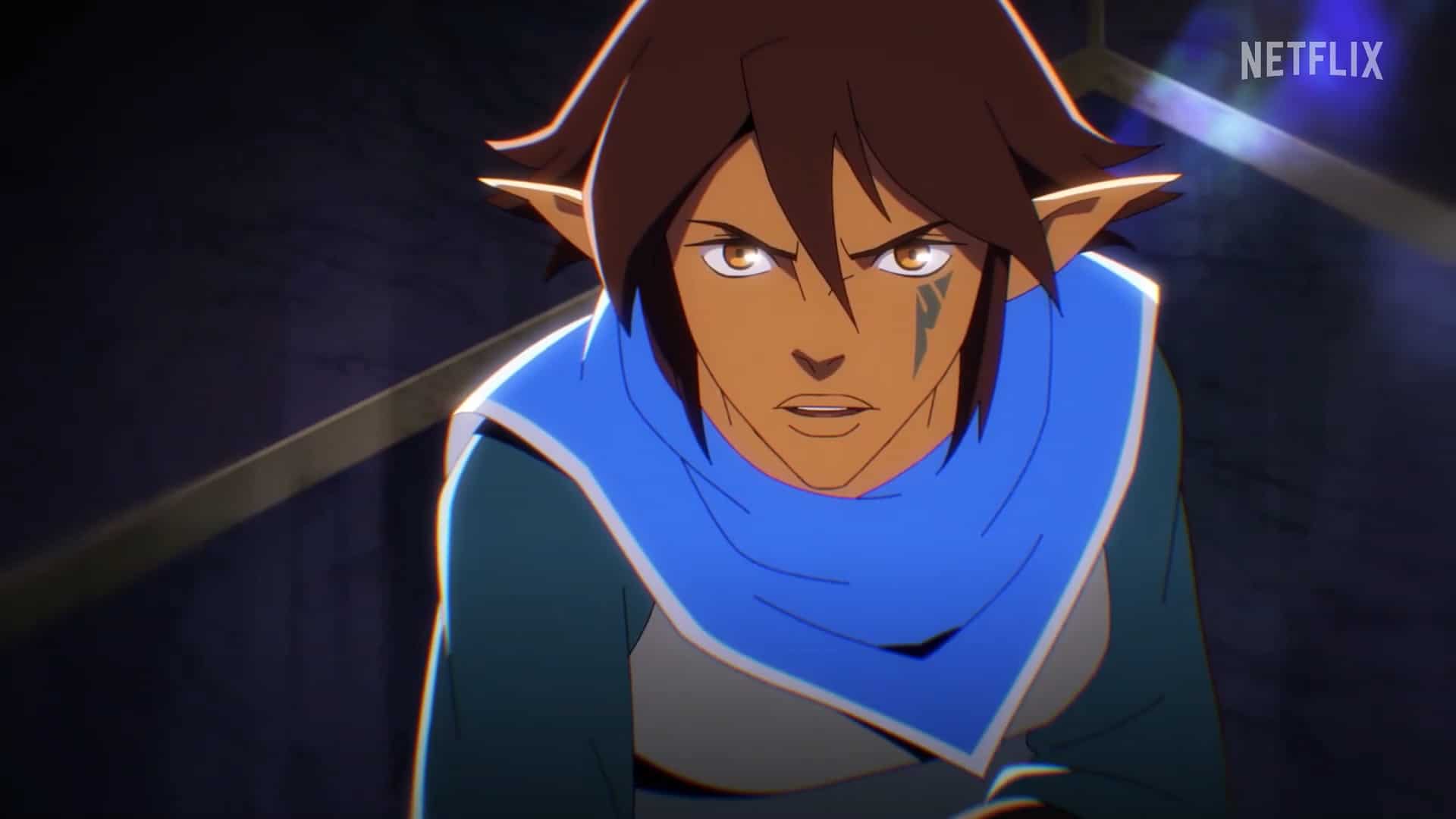
A ragtag group of rogues, mages, guerrillas, and thieves get together in Dragon Age: Absolution to steal a weapon with tremendous and deadly power. The heist fails along the way, exposing the leader of the opposition party, Miriam (Kimberly Brooks), to face the sad details of her agonizing history.
Let’s get this matter out of the way right away: Dragon Age fans will be let down if they expect Absolution to hint at more details about their favorite Thedosian characters or even just a peek or an observation of them. However, I got the chance to chat with Mairghread Scott, the showrunner and executive producer of Absolution, and John Epler, the Dragon Age executive producer at BioWare, who provided a very good explanation of why.
Yes, the show is rather gloomy. Slavery’s agony and horror are regularly brought up. (The Tevinter Imperium, the setting for Absolution, is a nation-state that allows the enslavement of elves.) And one character’s mistaken attempt to right wrong results in more misery with a touch of slavery. One of my long-standing pet peeves with certain Dragon Age fan clubs is their eagerness to champion reasons from the game — like mage rights or elven independence, for example — while disregarding, downplaying, or even insulting the very individual’s such pet causes are meant to be allegories for.
Also Read: The Pig Farm Killer: Psychopath Robert Pickton
44. Grace And Frankie
A ragtag group of rogues, mages, guerrillas, and thieves get together in Dragon Age: Absolution to steal a weapon with tremendous and deadly power. The heist fails along the way, exposing the leader of the opposition party, Miriam (Kimberly Brooks), to face the sad details of her agonizing history. Representation is a phrase that is in fashion. It is a requirement that leads to executed and studied art, but it also occasionally gifts us with gems. Grace and Frankie were undoubtedly a unique series when it initially debuted back in 2015.
A tale about two men stepping out as gay and their marriages to be together with other people would probably be popular, but Grace and Frankie took it a step further by making the plot about the ladies and, more specifically, by making it centered entirely on the senior population a brave and dangerous choice.
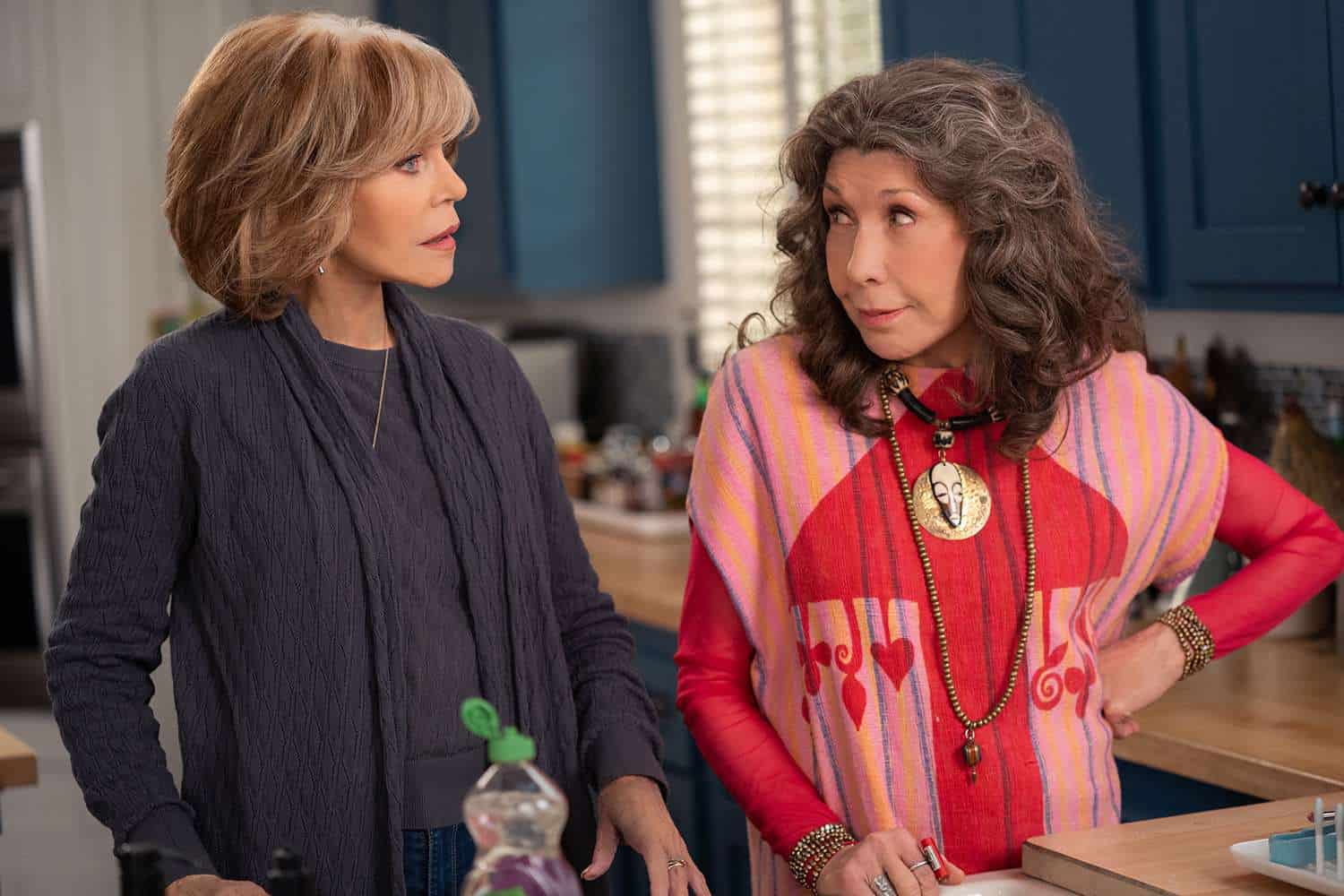
It seems so ludicrous, but it is actually a very well-thought-out concept. Robert and Sol, the husbands of Grace and Frankie, were divorce attorneys who found they were gay and had fallen in love with one another somewhere in the 1980s. Everyone was in a state of shock when, 30 years later, they revealed to their family and decided to end their marriage in order to get engaged to each other.
The latter several episodes felt hurried, and the stories ended before one could fully understand them. The fact that we were told more information than what was really shown brought the six-and-a-half seasons’ worth of enjoyment down a notch. A few characters also felt a little underdeveloped.
The only thing Sol and Mallory appeared to be involved in was serving as Robert and Brianna’s sidekicks. They all performed their duties so admirably that I want to see these individuals more and give them the credit they deserve. The wonderful interactions the four primary characters have were another thing the 2nd portion overlooked.
Also Read: Why Are Grace And Frankie Ending? The New Policy Of Netflix
45. Atypical
Atypical is true to its name in a variety of ways. The Netflix series follows the ups and downs of a nuclear family and has an aesthetic reminiscent of a typical US sitcom. Episodes are 30 minutes each. But the years passed, and the seasons changed. It developed a new depth and warmth as well as mature emotions. Sam Gardiner (Keir Gilchrist), an autistic adolescent, is the main character of this novel. As his family struggles with their own problems and attempts to see the world from his point of view, Sam begins to consider what it could mean to be independent of them.
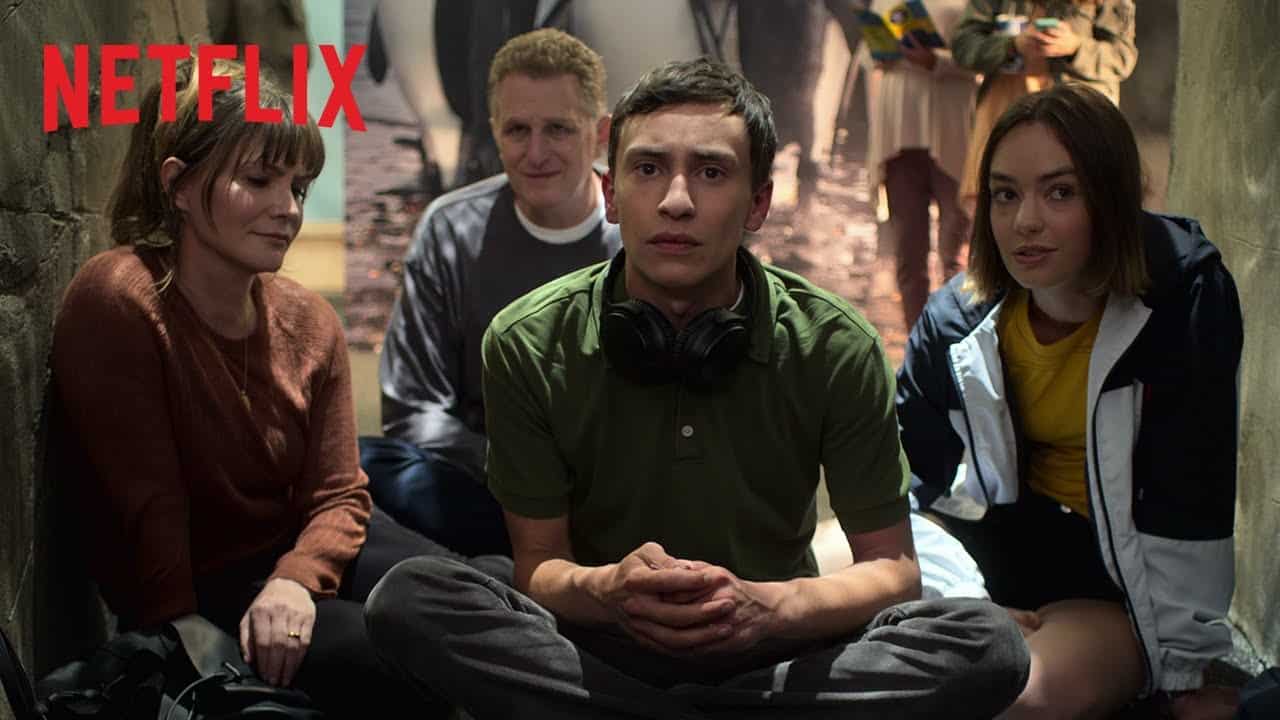
It rotates its several plates with skill. Its fourth and final season featured debates about penguins as well as personal relationships, breakups, coming-out stories, and romantic affairs. After leaving the family home, Sam now lives with his friend Zahid, a junkie whose laid-back outlook contrasts with some of Sam’s more strict practices. Zahid tends to make large purchases and fails to pay his expenses. In one scenario, he perches on a throne made of toilet paper, which in April 2020 should have been vulgar; in these modern times, the term “toilet paper” has once again become a joke.
Sam’s sister Casey is dating her close Izzie to find out how they fit into the exclusive school she attends on a sports scholarship, among other things, in the Gardner household. She is, as a certain character puts it, “freaky fast,” and her goals have been to race to a scholarship at a reputable university. The issue is that she is breaking under the pressure of everyone’s standards. While Doug is not overly happy with the new romance and the drama it adds to his daughter’s life, Elsa is overjoyed by it.
Also Read: Who Does Casey Gardner End Up With In The ‘Atypical’?
46. Human Resources
The title of Braden Swope’s (Stu vs. Drew, The World Within Vincent) and Evan Swope’s and Chris Kelly’s first film, Human Resources, is appropriate. It’s not only a feature of Brooke’s Hardware’s management; it’s also the company’s attitude toward those who work there, which is one of exploitation and discarding them. Something that is amply made obvious in the movie’s prologue.
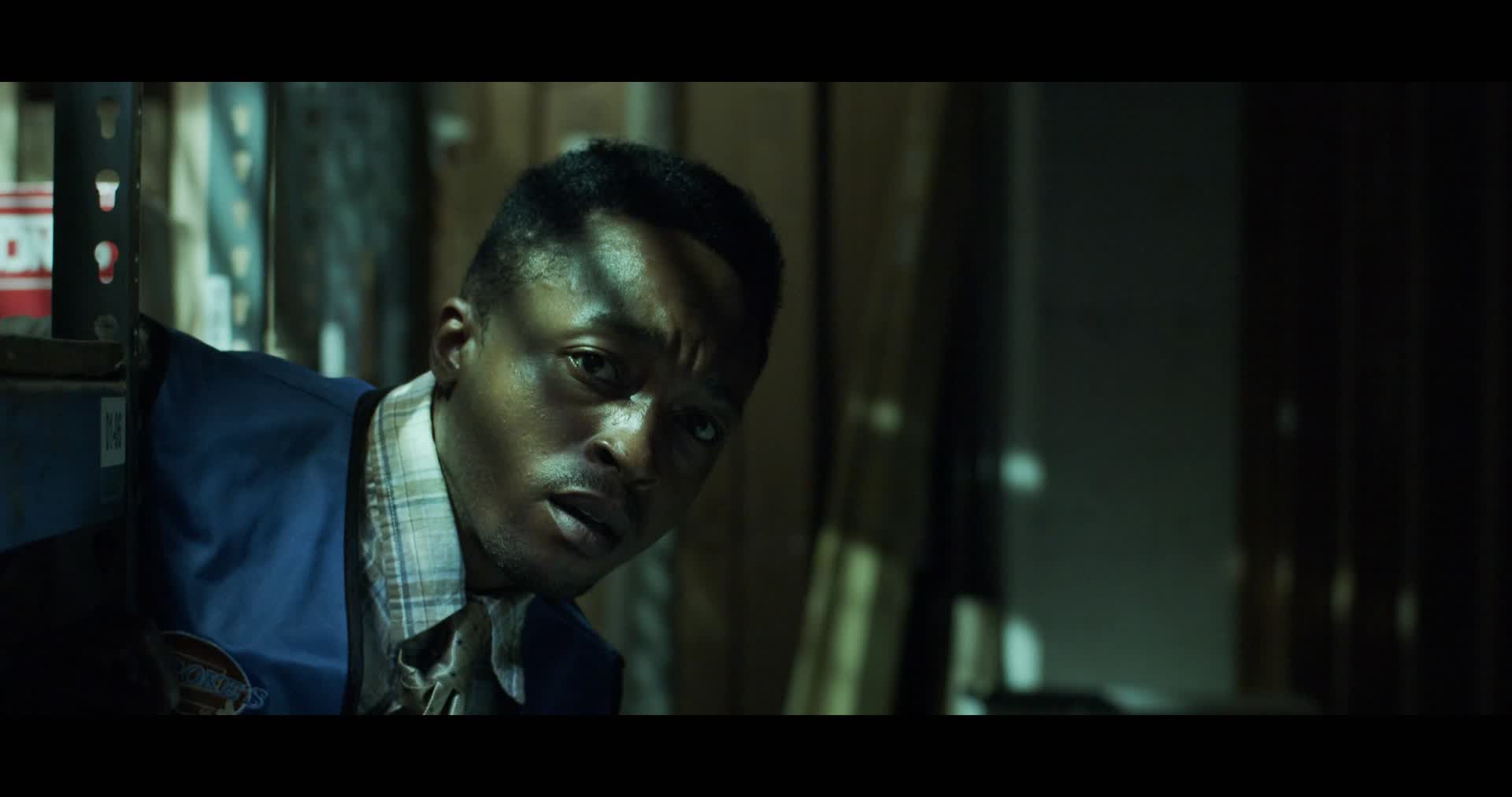
Brian, the company’s owner, is in dire need of a new hire before Black Friday. As a result, he instructs Gene, the shop manager and human resources representative, to hire Sam the fact that he has no prior work experience or abilities. “That way, he won’t have any notions about which is better,”
All of this is built up in the first 30 minutes of Human Resources, but it isn’t really engaging. Sam is a fairly uninteresting and one-dimensional character. Swope spends an excessive amount of time on pictures of him cautiously scanning the area or timidly crawling about the business.
The attempt by the filmmakers to make him resemble the fearful hero Don Knotts portrayed in movies like The Phantom of the Opera and Mr. Chicken or Scooby-Doo’s Shaggy doesn’t really succeed. If a few of those moments were cut, the movie’s pacing may have been substantially improved while the spectator would still understand the purpose.
47. Dear White People
It’s reasonable to note that there was some backlash surrounding the Netflix adaptation of Justin Simien’s 2014 movie Dear White People. Some people’s electronic rants about reversing racial prejudice started at the mere sight of the trailer, largely along with the contours of Donald Trump’s claim that the ABC show Black-ish amounted to “racism at the highest level” based solely on its title. The central subject of the film, which received both high praise and criticism for oversimplifying race to match preconceived notions, was what constitutes racism.

Those who had trouble with the satire’s binary depiction of collegiate life find satisfaction in this. Simien basically covers the same material that the movie covered over the course of 10 episodes but with far more room for exploration and with each episode focusing on a different character. Sam, the movie’s bi-racial lead character, was portrayed by Tessa Thompson as the tensely torn consciousness of Winchester College.
Logan Browning portrays her in this instance, and once again, her outward display of extreme wakefulness is deceptive. Why doesn’t she tell her closest friends that she has a white boyfriend, despite the fact that she hosts an undergraduate radio show that calls out small-scale attacks and white privilege?
The growth of the camaraderie between the boisterous Sam and the much more conservative Coco, both played by Antoinette Robertson, is the plot that most exemplify why this version succeeds. The finest episode of all comes from that relationship, which begins as a pleasant co-dependent as the two freshmen find their feet but quickly turns into mutual anathema. Simien crams concern about black beauty, racial prejudice, fear surrounding social standing, and an examination of what transpires if a person chooses to take a position on an occasion where race is prominent in this short story.
48. Dead To Me
Jen and Judy, Laguna Beach’s closest friends, have been enveloped by death and deceit for the early two seasons of “Dead to Me,” the wry, biting sitcom created by Liz Feldman. Each of them is believed to be either completely or partially to blame for the passing of their loved one—Jen’s husband in Season One, Steve in Season Two—and the pair have gotten closer with every fresh veneer of trickery and deception they’ve built. In fact, the close relationship they have was forged by them. Even while their friendship isn’t quite healthy, it makes them happy and gives their lives purpose.

“Dead to Me” regains some of the charms it had in its strong first season when it focuses on the sensation of entropy, the inescapable feeling that everything that has transpired through this point is likely to blow up in their face. However, Feldman and the other writers manage to cram concepts into the mix in an effort to tie up all of the unresolved matters along the way, exactly as if they were trying to squeeze a three-season storyline into the one last that Netflix would pay for.
Ben, who this season moves up to third-lead status, is the final example. Always charming, Marsden occasionally outsmarts Applegate and Cardellini in sequences with his naive bravado. His path is captivating, at least for the entire season, as his indiscretions put him in the same period of guilt as Jen and Judy did at the beginning.
And it’s wonderful to witness such a discreet, lovely person succumbing to these mental demons even more readily than our steadfast wine-mom BFFs; this speaks less to Ben’s weaknesses than it does to the idea and Jen and Judy have a particular for the deception that underlies their specific neuroses.
Also Read: Dead To Me Season 3: When Is It Coming Out? Everything We Know!
49. The Haunting Of Bly Manor
Roughly 500 minutes are spent on “The Haunting of Bly Manor” by creator Mike Flanagan telling a story that could have been told in 120 or maybe 150 minutes with fewer people. Similar in scale to Flanagan’s previous smash hit Netflix miniseries “The Haunting of Hill House,” “Bly Manor” feels chaotic in comparison, in part because of several serious errors.
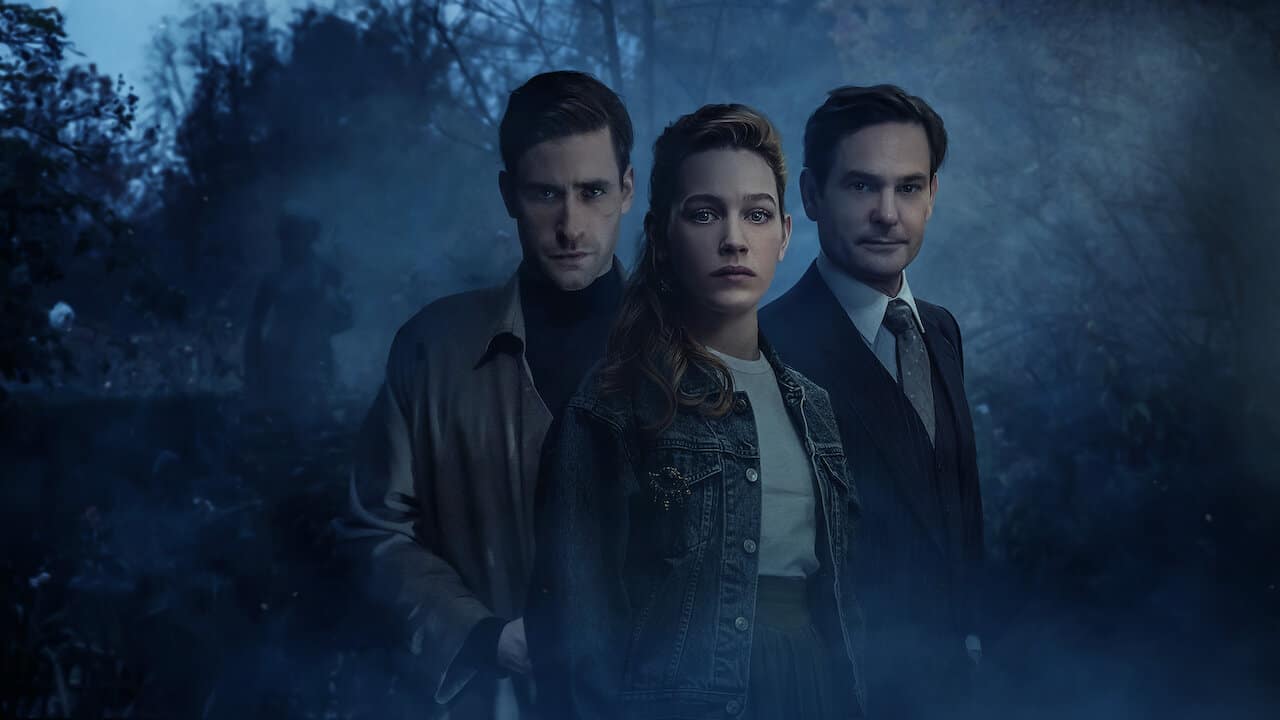
One, despite its intriguing investigation into the possibility that ghosts have feelings as well, it is not terrifying. But that creates a bigger issue since “Bly Manor” makes a mistaken shift into a gothic soap opera in an effort to escape the shadowy atmosphere of “Hill House,” leaving its actors and viewers stranded.
The first of many clumsy adventures in “The Haunting of Bly Manor” is an American au pair who finds work in England caring for two children who reside in a massive estate and whose parents are inexplicably deceased. The story bases itself on Henry James’s writings, particularly The Turn of the Screw. What happened to Flora and Miles’ parents, and why did Dani flee the country?
The family’s uncle Henry (Henry Thomas, a former “Hill House” cast member who nowadays has an English accent), who also has his own issues connected to his brother’s disappearance, hires Dani. Even in consideration, Bly Manor is a huge load for him, and he dedicates his time to drinking alone in his office.
50. Delhi Crime
Even the bloodiest and most violent procedurals design their stories with the audience’s convenience in mind. If you’re not a complete novice to the genre, you can watch a police procedural and predict its rhythms and story arcs. If the television program is set in New York, L.A., Chicago, or Miami, it is intended to be enjoyed and with a sense of relief that the crimes, illnesses, or cases will be resolved in a manner that is accustomed enough for you to fold laundry, make dinner, or vacuum in the living area at the same time.
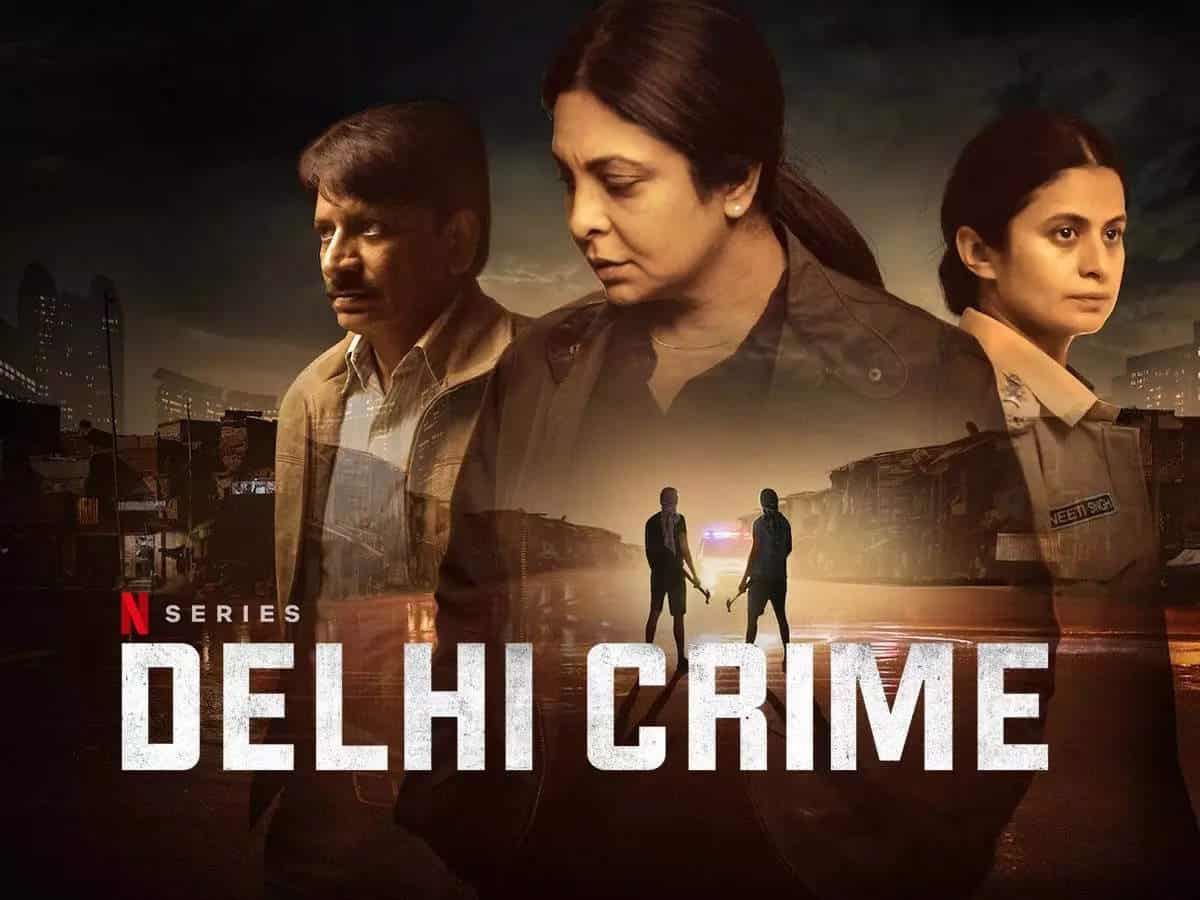
Put Delhi Crime Story on Netflix in the anti-procedural methodical category. The seven-part drama centers on the kind of terrible sex crime that Law & Order: Special Victims Unit has constructed roughly 450 episodes around; consider that number for a moment. The drama’s first several episodes had their debut as a component of Sundance’s Indie sporadic series.
Richie Mehta, a Canadian screenwriter, and filmmaker with a history in cinema, is undoubtedly familiar with procedural rules. These tropes frequently recur in the first episodes of the Delhi Criminal Story, and although Mehta focuses on cultural background, they all feel relatively new and continuously compelling.
The many different law enforcement personnel involved in the investigation are introduced, with chyrons providing information about their rank and number of years of service. Vartika Chaturvedi, the deputy chief of police, and Neeti Khanna, a rookie trainee with potential Vartika can see, are in charge of the investigation. Vartika is a longtime section veteran who is fixated on the grisly nature of the assault and is prepared to oversee the case’s resolution herself.
Also Read: Is Chaddi Baniyan Gang Real? The Delhi Crime Season 2 Gang
51. All Of Us Are Dead
The movie All of Us Are Dead doesn’t try to be innovative. After a student is bitten by a rat that was utilized in a test conducted by an enigmatic science teacher at the school, the virus expands across the city. The students in the film series are aware of what is happening. They talk about the fantastic Train to Busan while being cautious of zombies. The Walking Dead and Dawn of the Dead serve as examples of how well the series works because of the connections among the diverse cast.
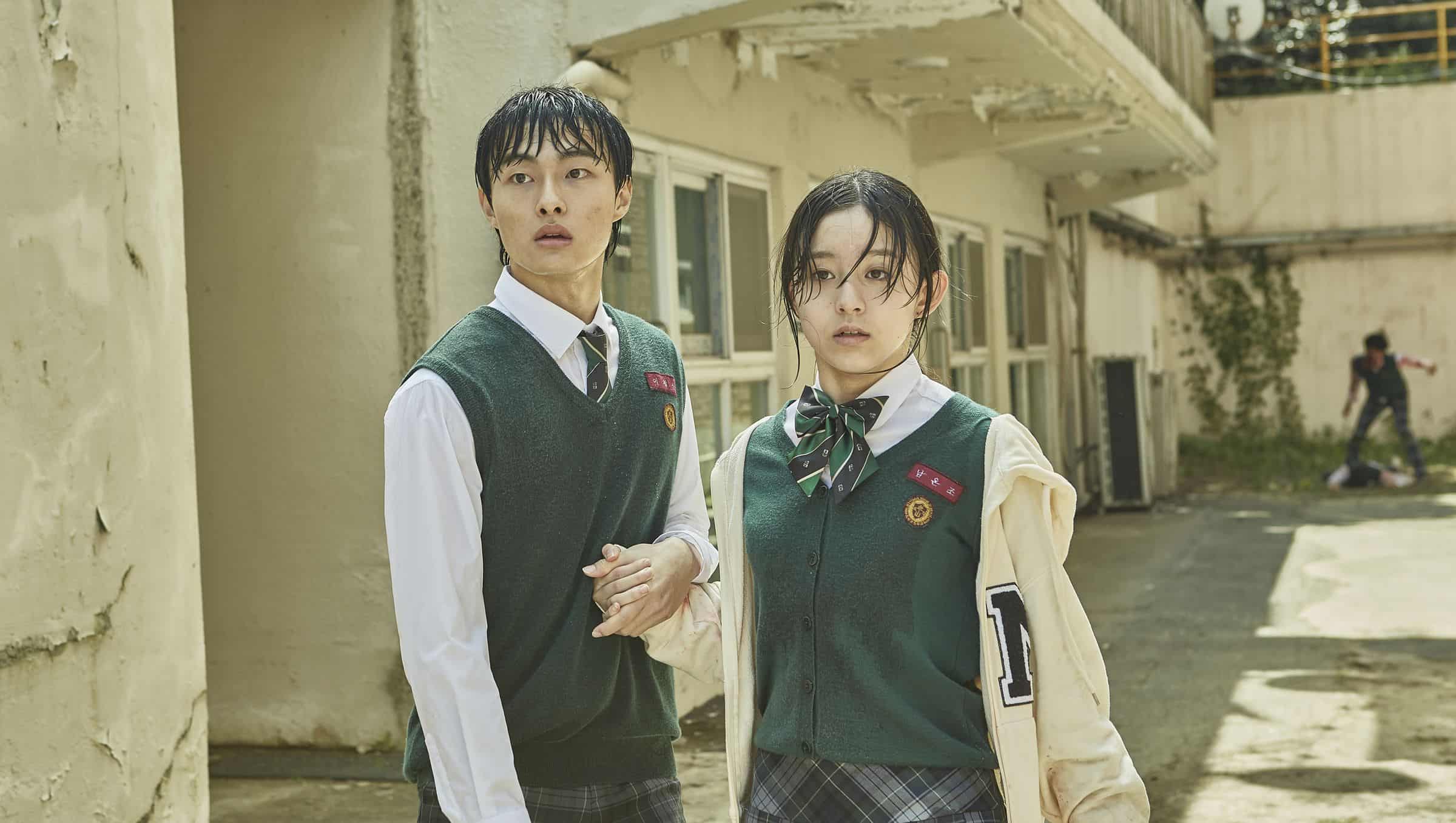
The school is overrun by swiftly moving zombies, and as a result, some pupils are drawn closer together than others as they cope with their sadness and anguish. The show revolves around the friendship between Cheong-san and On-ra, two lifelong friends who are secretly in love. As they battle epidemics and provide support for one another at difficult times, we can see how deeply they care for one another. The military is discussing harsh measures to stop the epidemic, but the adults are not forgotten; Cheong-San’s mother fights a valiant battle to travel from her restaurant to the school and save her son.
Students from social groups are compelled to form a group, which increases conflict and causes issues for some but also compels certain characters to come along with one another in an effort to recognize their shared traits rather than their differences.
The personalities of the kids are all developed throughout the course of the series, and several interesting relationships emerge, such as the desire Su-hyeok feels for Nam-ra, the class president who has a spotless record and a previous bully. The interpersonal interactions in All of Us Are Dead are highlighted so that the breakup will be felt even more whenever the eventual virus spreads.
Also Read: All Of Us Are Dead Review: Is It Worth A Watch?
52. The Sandman
The Sandman on Netflix has heart-stopping opening scenes. From the human world of the awakened, we see a lovely raven fly into the realm of the eponymous Sandman (Tom Sturridge). Unknown sources of light illuminate the surroundings, animals from nightmares and fevers mix together, and an eternal library collapses in on itself. However, we close our eyes, and we also join this realm. The Sandman makes fun of people’s assumption that dreams are harmless in his voiceover by asking, “Are we not shaped by our dreams, by everything that we yearn for and fear?”
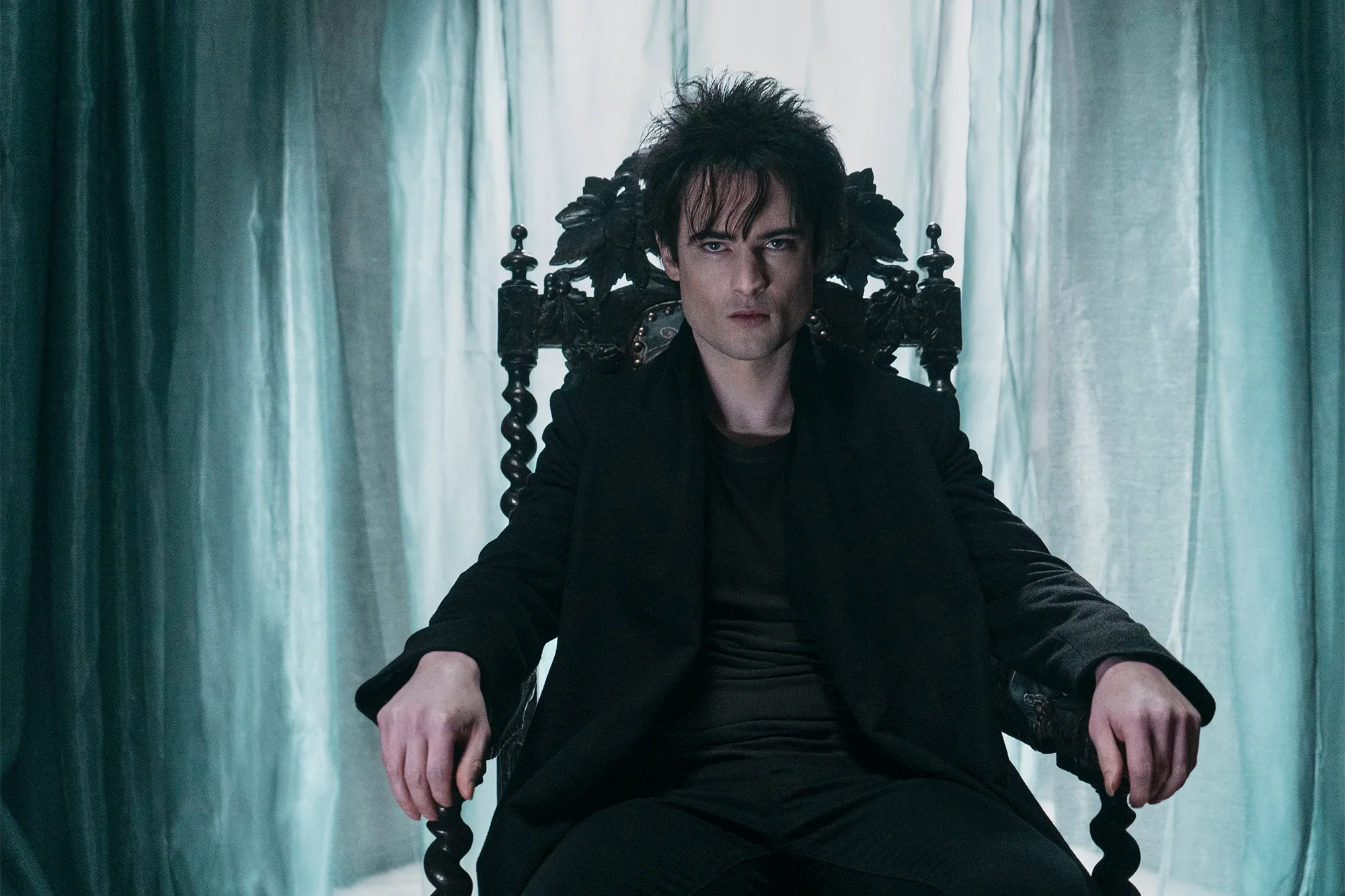
Neil Gaiman is the main author of the dark fantasy horror comic series The Sandman. He also worked as an executive producer and writer for the Netflix version. It relates the story of a strong entity that rules over all nightmares and dreams and how he interacts with the world of humans. We watch him traverse through history, influences important moments, and visits places like Hell (a place that merely existed because of people’s fears). Preludes & Nocturnes and The Doll’s House, the first two novels in Gaiman’s The Sandman series, were adapted by Netflix for this inaugural season.
The dream eventually manages to escape, returning to his kingdom in the present to discover it deserted, damaged, and dismal. He needs to get back the equipment his human captors stole from him in order to heal the realm of Dreams. So starts the first arc, which follows his adventures alongside everything from a blue-collar exorcist to a boy with godly powers. Battles against diabolical and divine powers involve graphic and bloody imagery. The dream is frequently the one picking up the pieces and attempting to right the wrongs that his absence from the scene caused.
Also Read: How Morpheus Ruby Was Able To Create Dream Loop in The Sandman 2022?
53. Midnight Mass
“Midnight Mass” marks Mike Flanagan’s transition from translating Stephen King’s works to creating a work that so resembles one of the horror master’s creations that even admirers will ponder how they avoided its publication. Flanagan’s examination of religion and eternity contains aspects of The Stand, The Shining, and Salem’s Lot and sometimes brings up memories of actual midnight rituals due to its preachiness and an excessive number of rants.
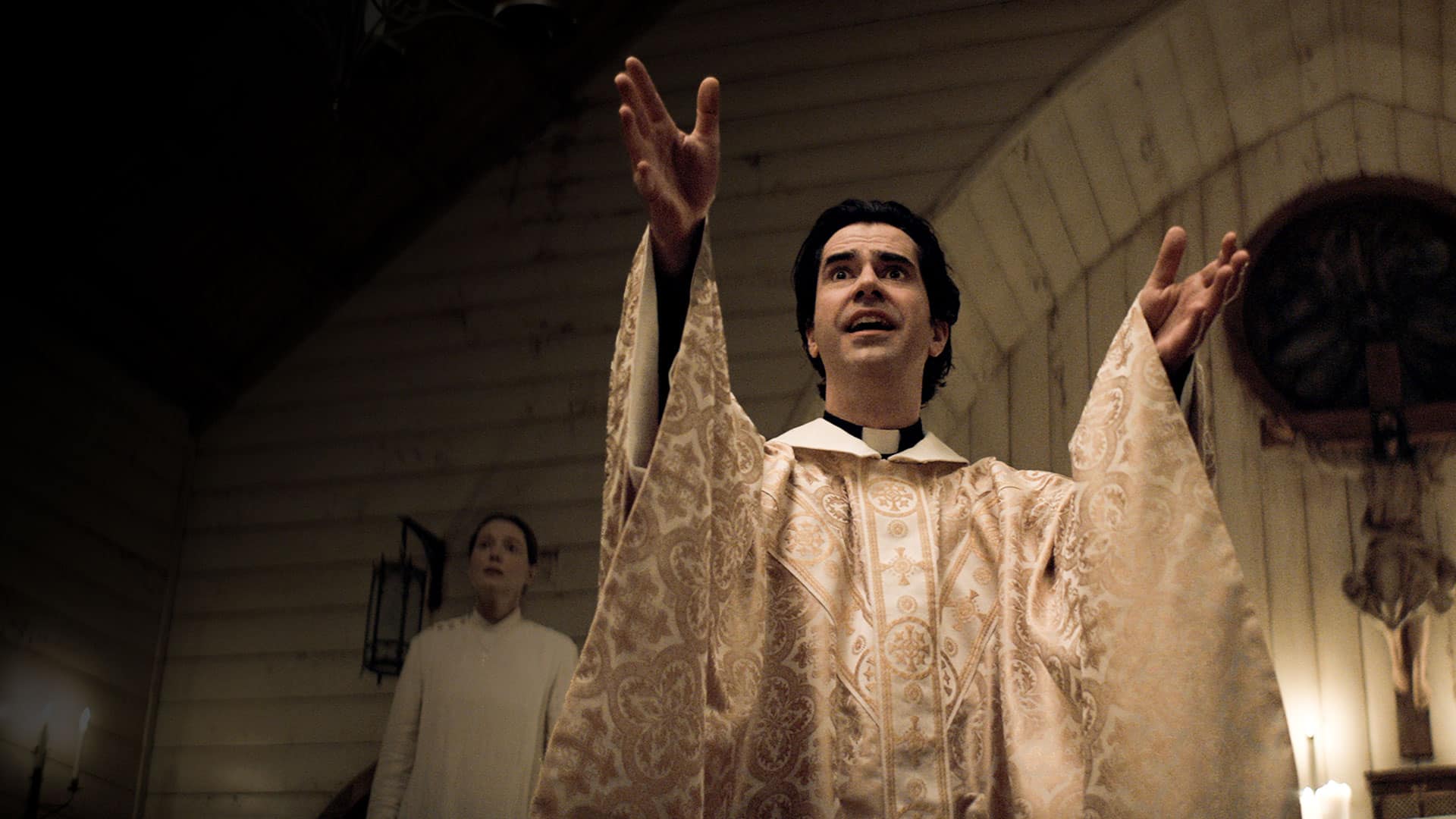
It ends out that Flanagan, when detached from the plot of the source material like The Haunting or Doctor Sleep, can become a touch too wordy and repetitious for his own good, despite the fact is there are some portrayals and interesting concepts. If this were a Stephen King unique, it would be one of those 900-page gigantic creatures that readers frequently put off finishing, and those who did would respect the author’s commitment while contemplating an editor may have been helpful.
The sermon “Midnight Mass” is replete with interconnected themes and overt symbolism, much like many sermons I heard when I was younger. By relating concepts like resurrection and ingesting blood to various types of mythology, Flanagan plays along with the darkest aspects of religious scripture. After all, horror and religion often have morality and good triumphing over evil themes, albeit dressed in different garb. Other King-like themes Flanagan incorporates into the novel include the idea notion The Bible is essential.
Also Read: Where is Midnight Mass Filmed: Is the Crockett Island Real?
54. The Midnight Club
Although no one watches a horror program expecting a fun adventure, Netflix’s recently released offering is depressing even by the grim standards of the genre. Teenager patients at the Brightcliffe Teenage Hospice in the world of The Midnight Club are passing away after being given a terminal diagnosis. In order to indulge in a little young stupidity before they pass away, they also come together at night to share horror stories.
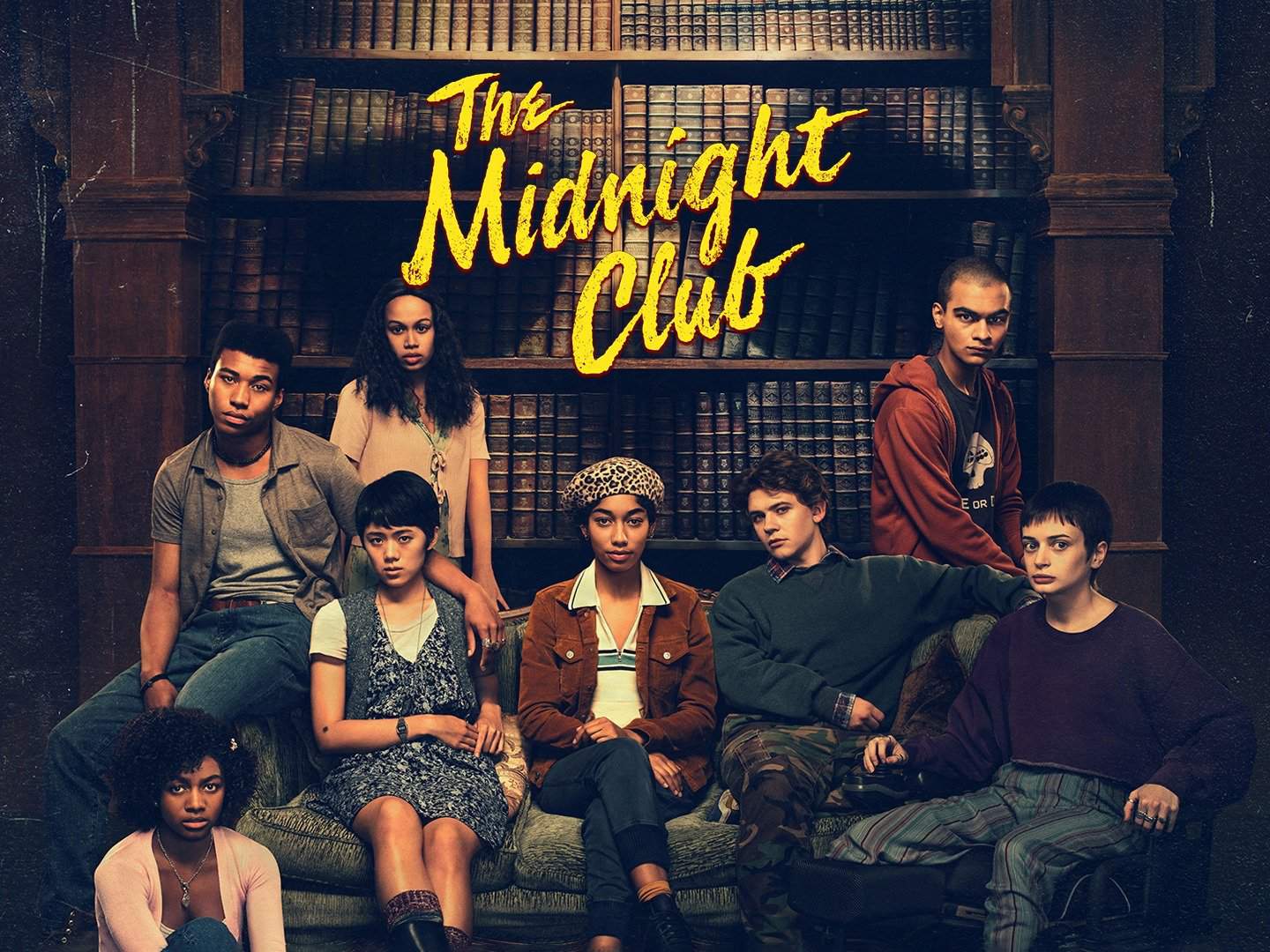
This late-night storytelling allows the show to draw from Pike’s full bibliography, which directors Mike Flanagan and Leah Fong eventually stitch together. This late-night storytelling has been influenced by the published works of Christopher Pike, whose YA adventures have served as a gateway drug for many young horror lovers. The idea is appealing, but it ends up producing an uneven mishmash since so much terror depends on the suspense of its protagonists, making it to the end credits.
The Fourth Netflix Series by Flanagan is The Midnight Club. Hush, in which he terrorizes a deaf woman, and Gerald’s Game, in which sex builds to a degloving sequence that almost crashes onto the internet, were two of his early attempts that revitalize the slasher subgenre. With horrific mini-series adapted from the works of Shirley Jackson, Henry James, and Stephen King, as well as The Fall of the House of Usher, an Edgar Allan Poe-inspired project, Flanagan created his own category after appeasing the streaming giants.


